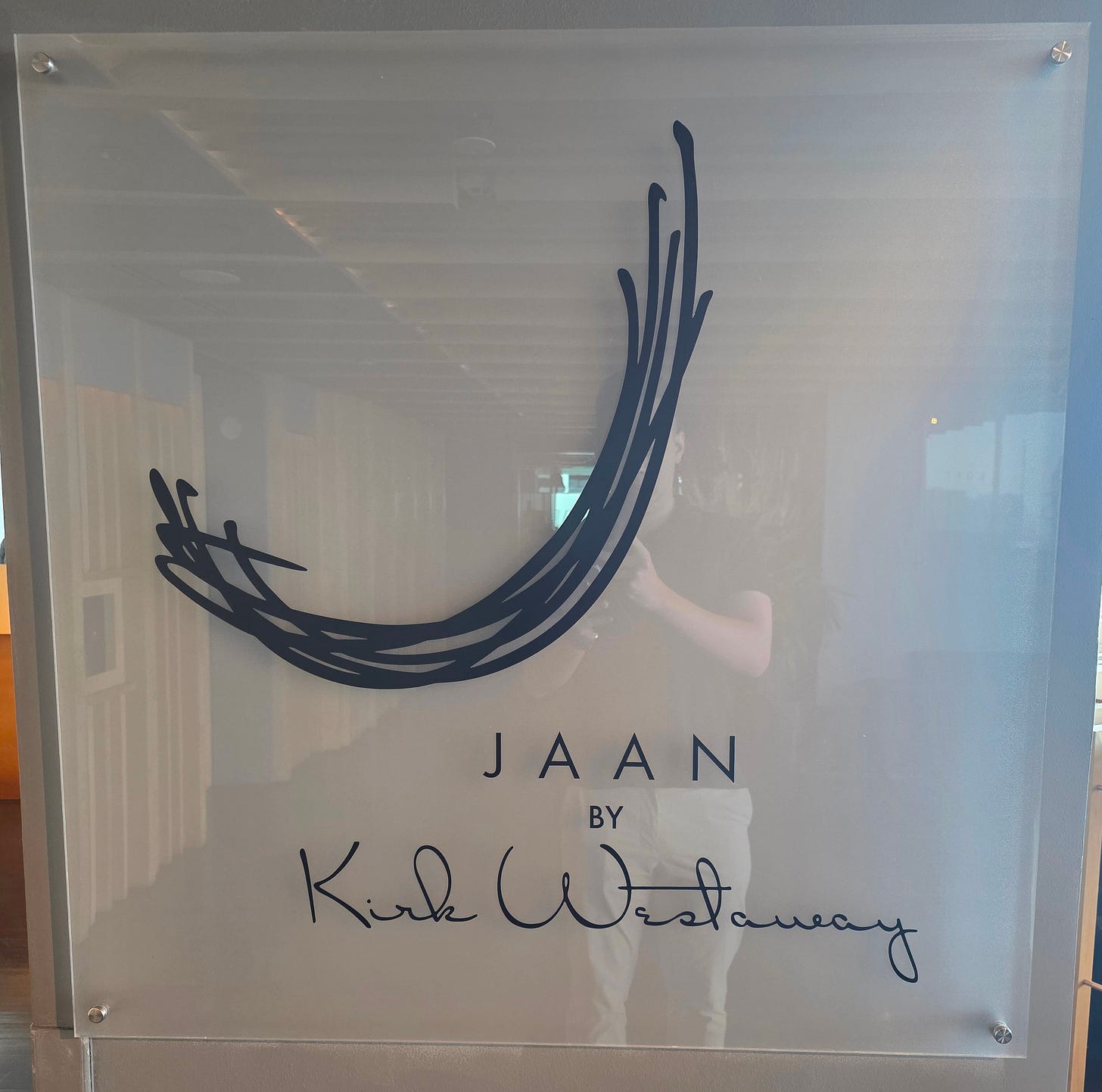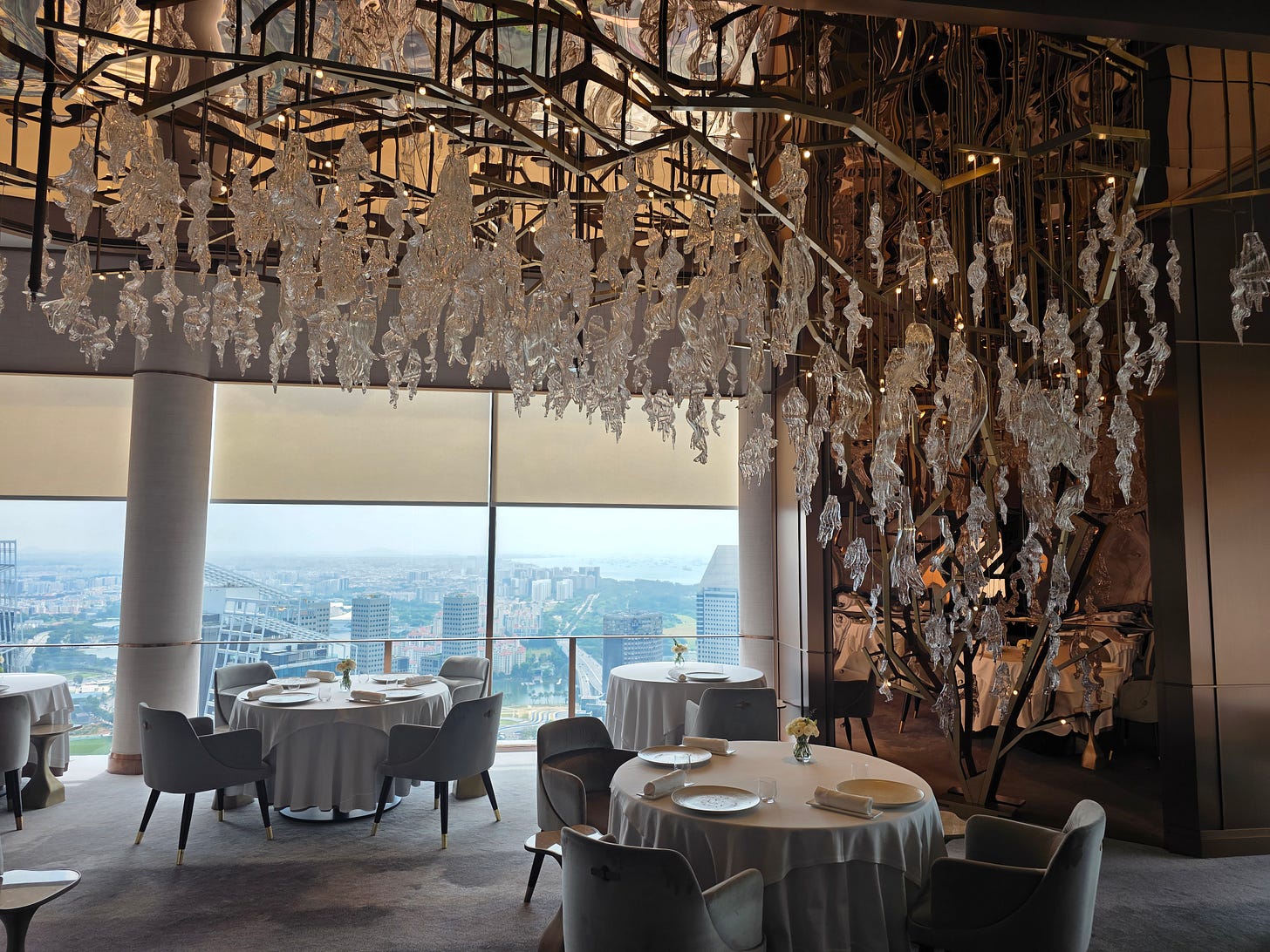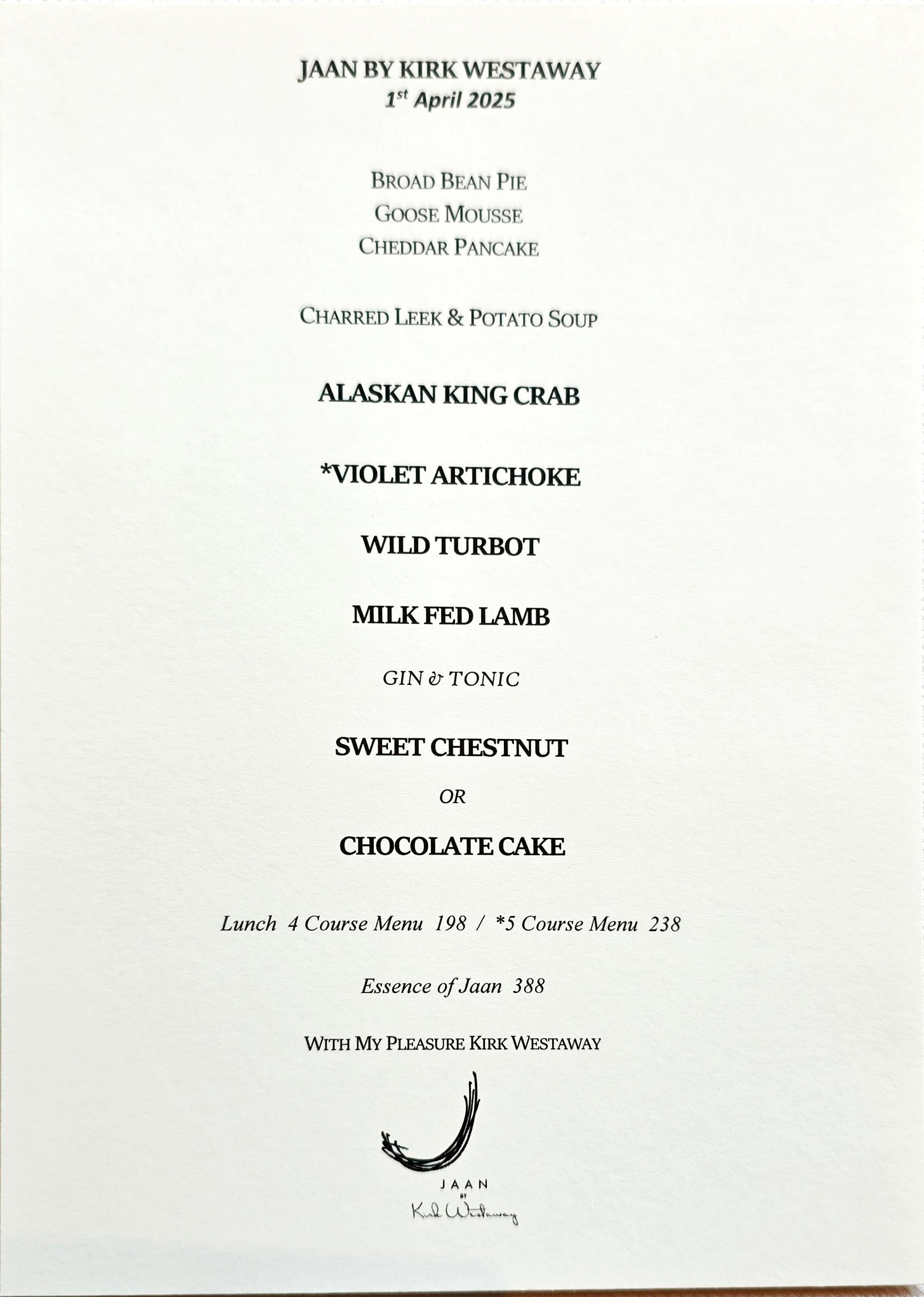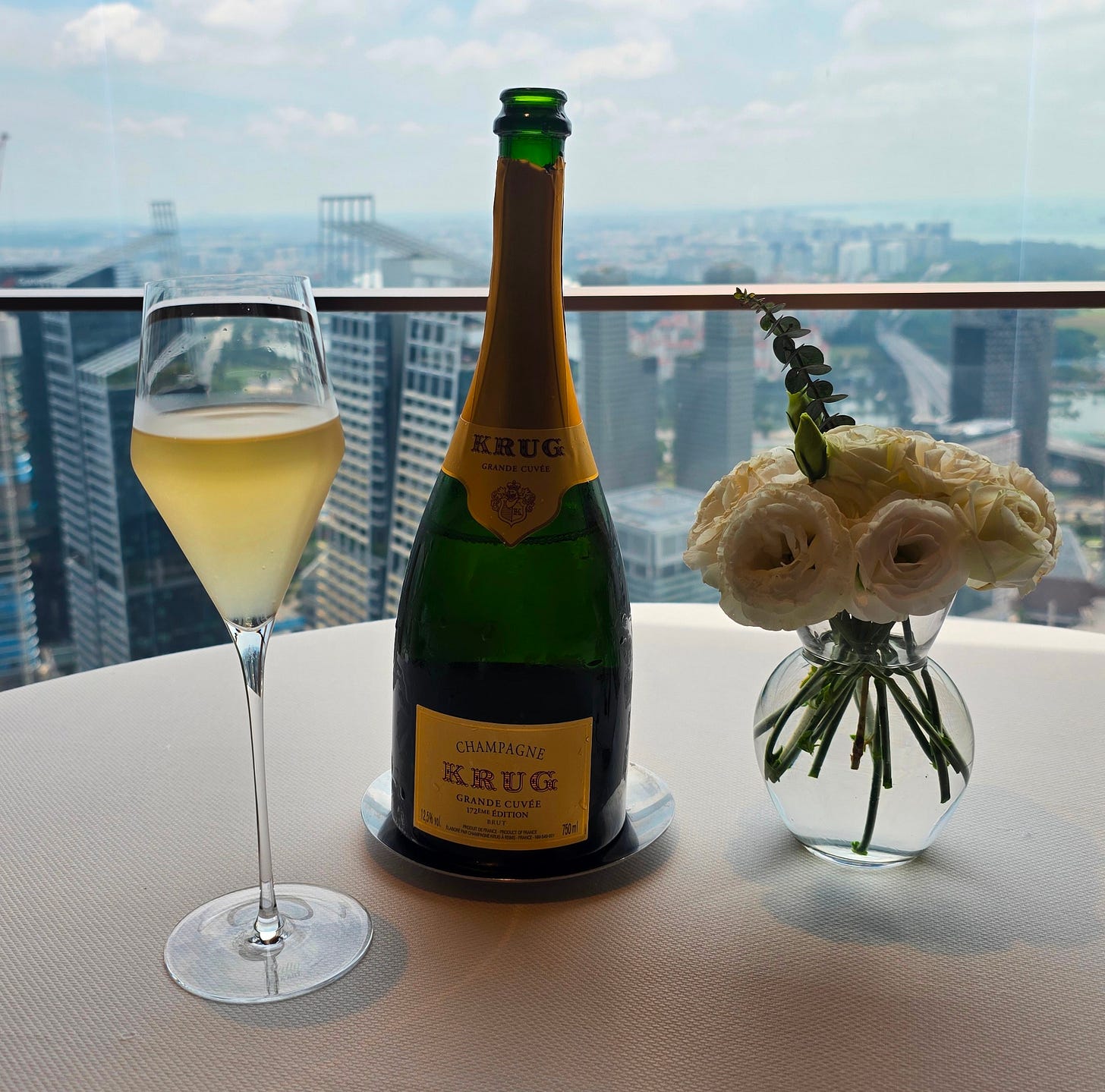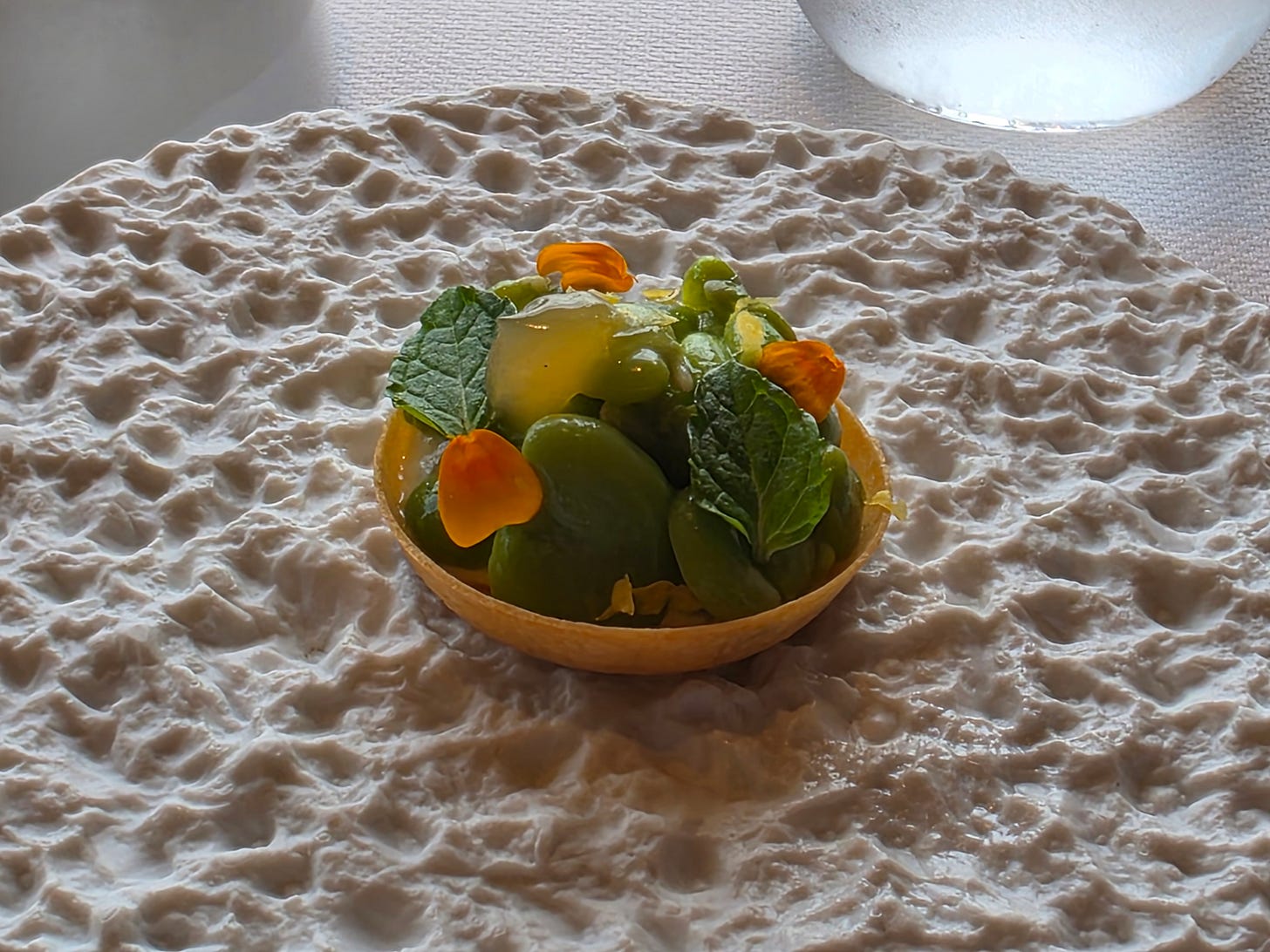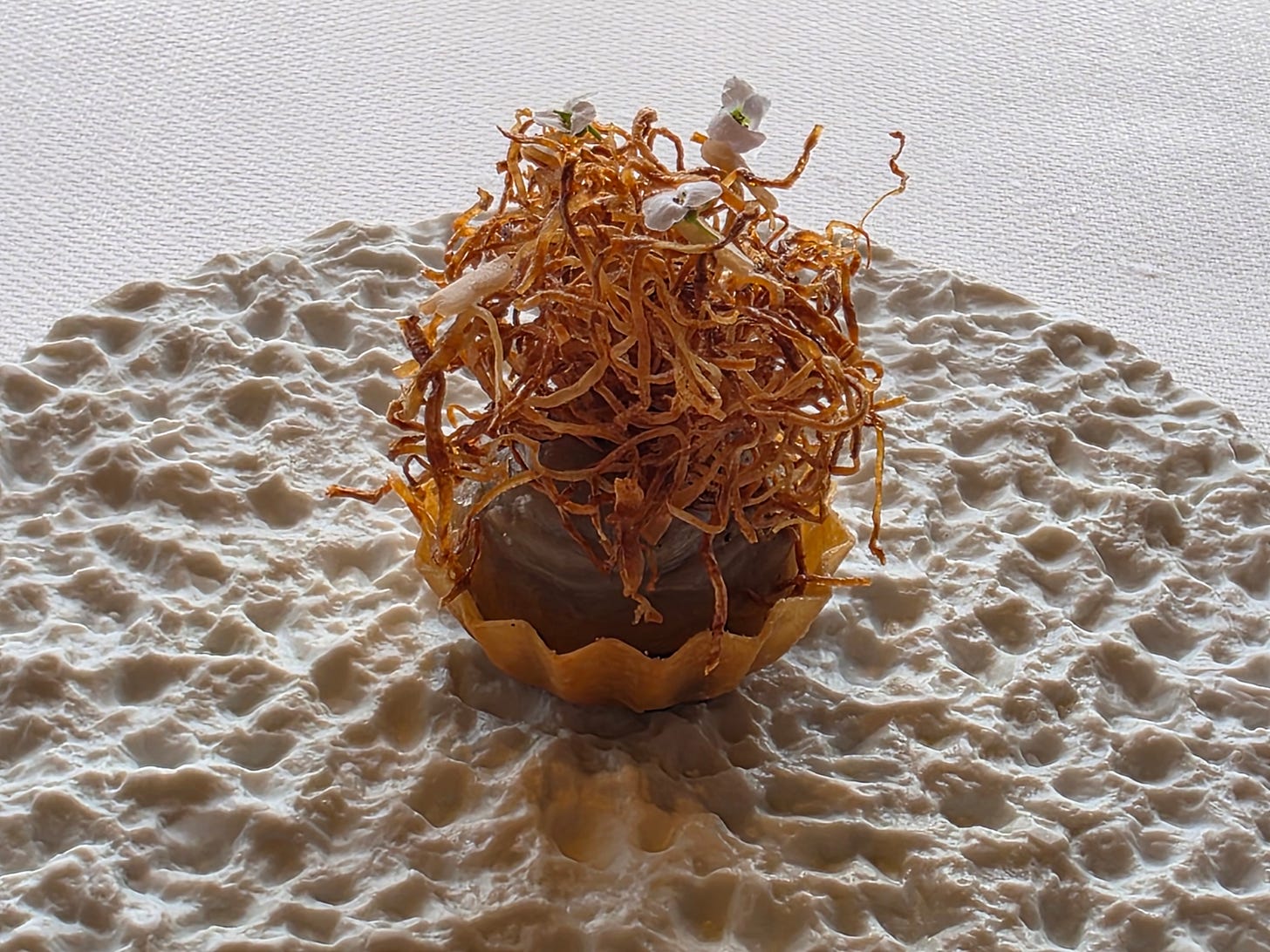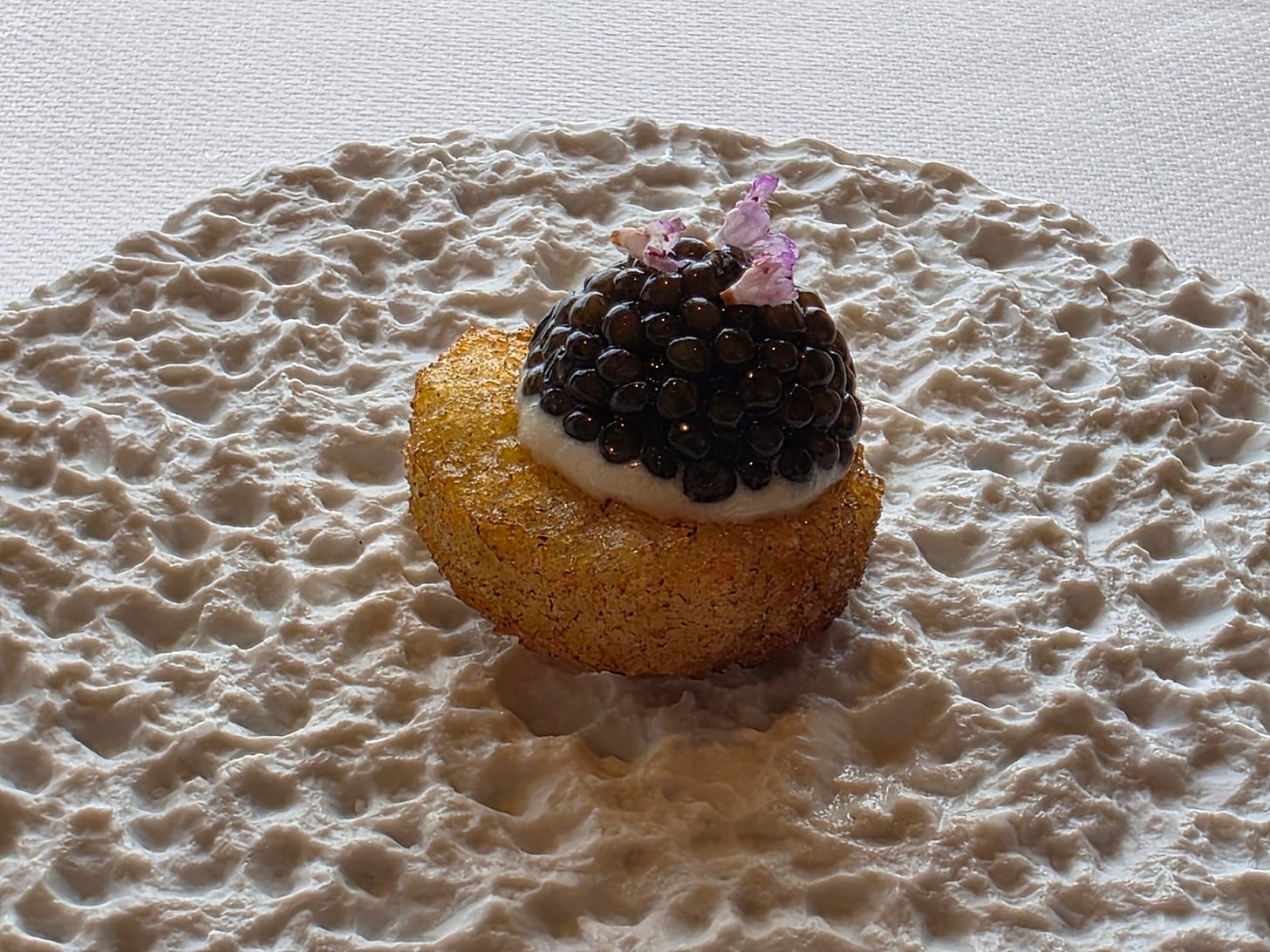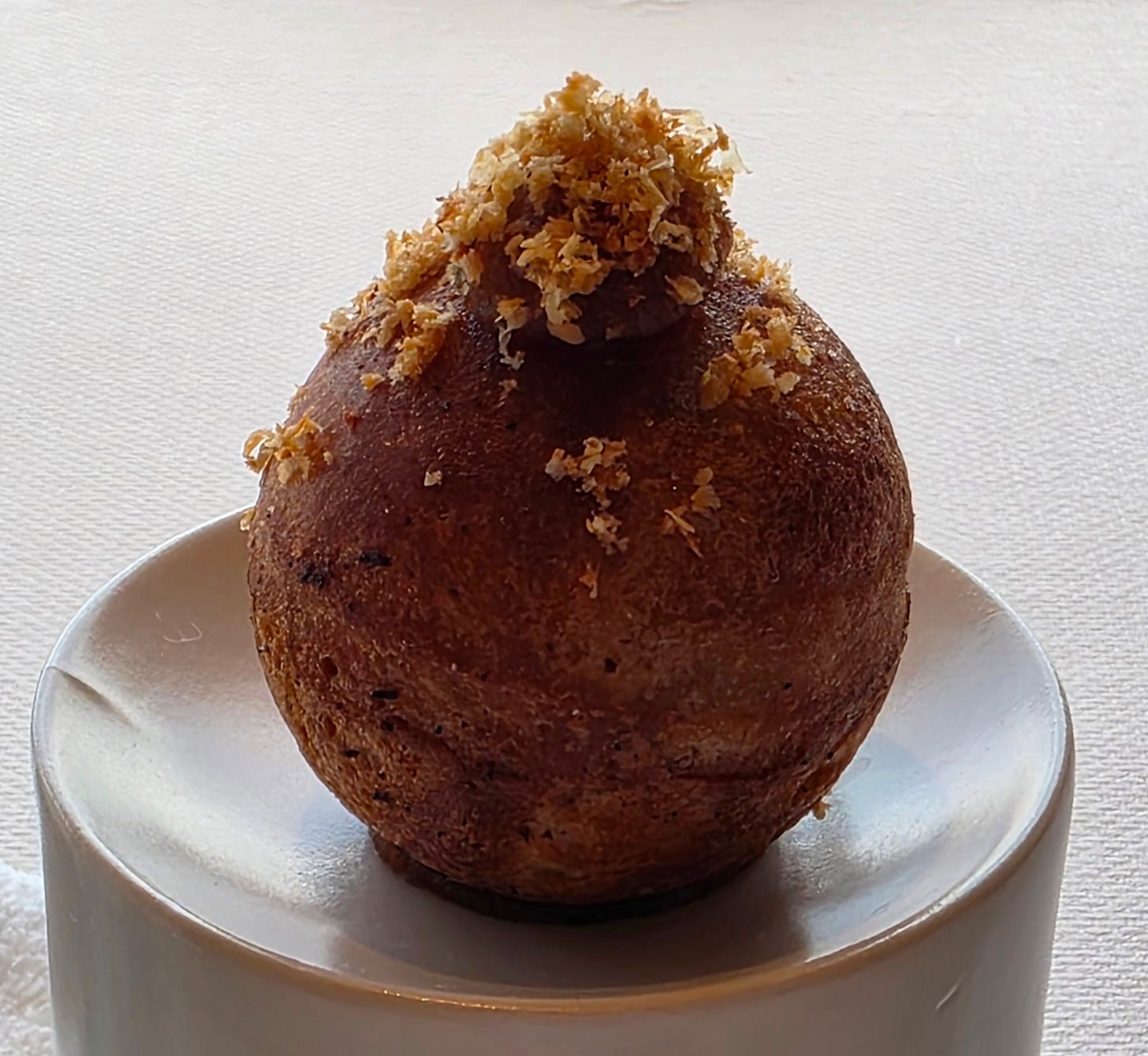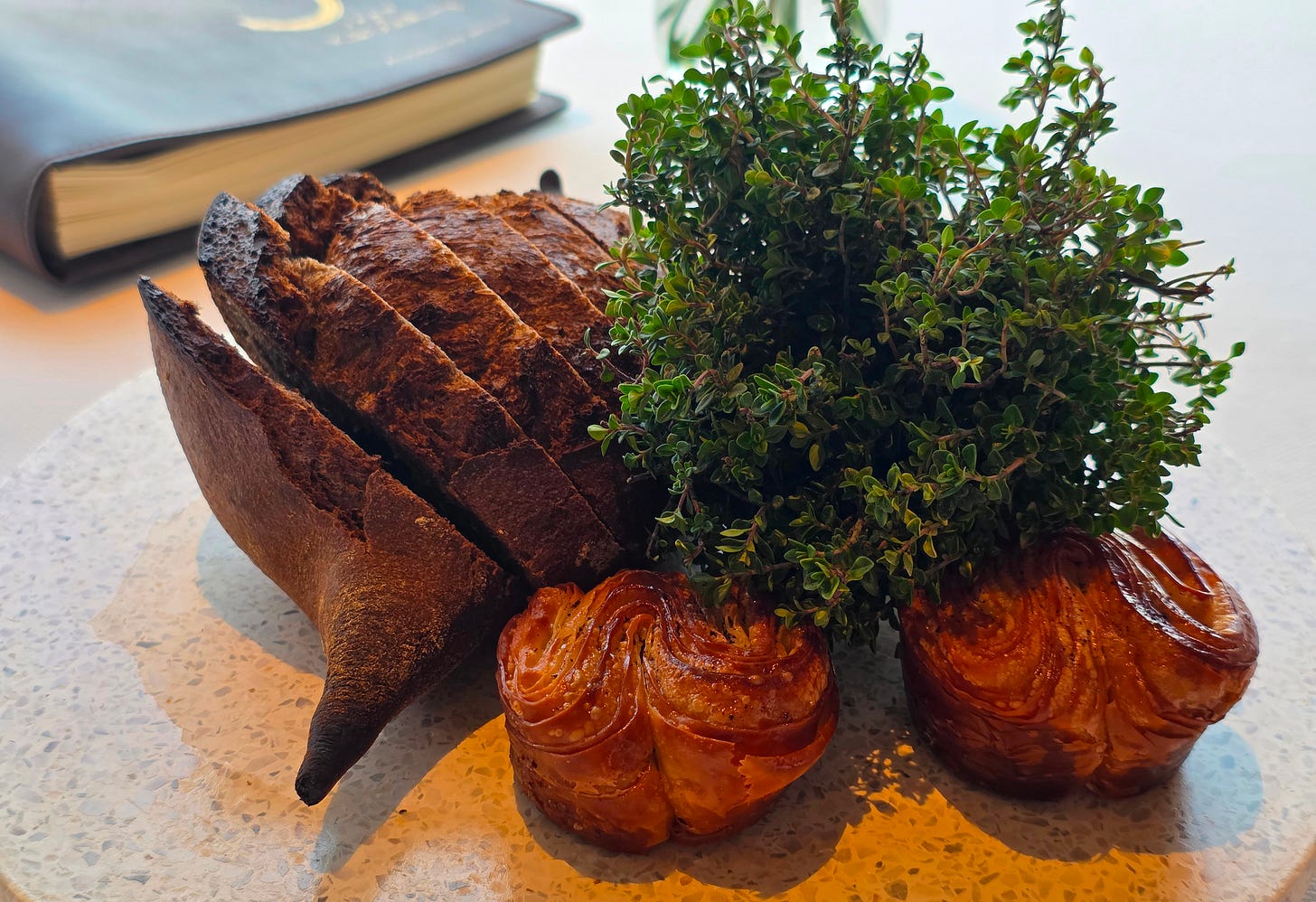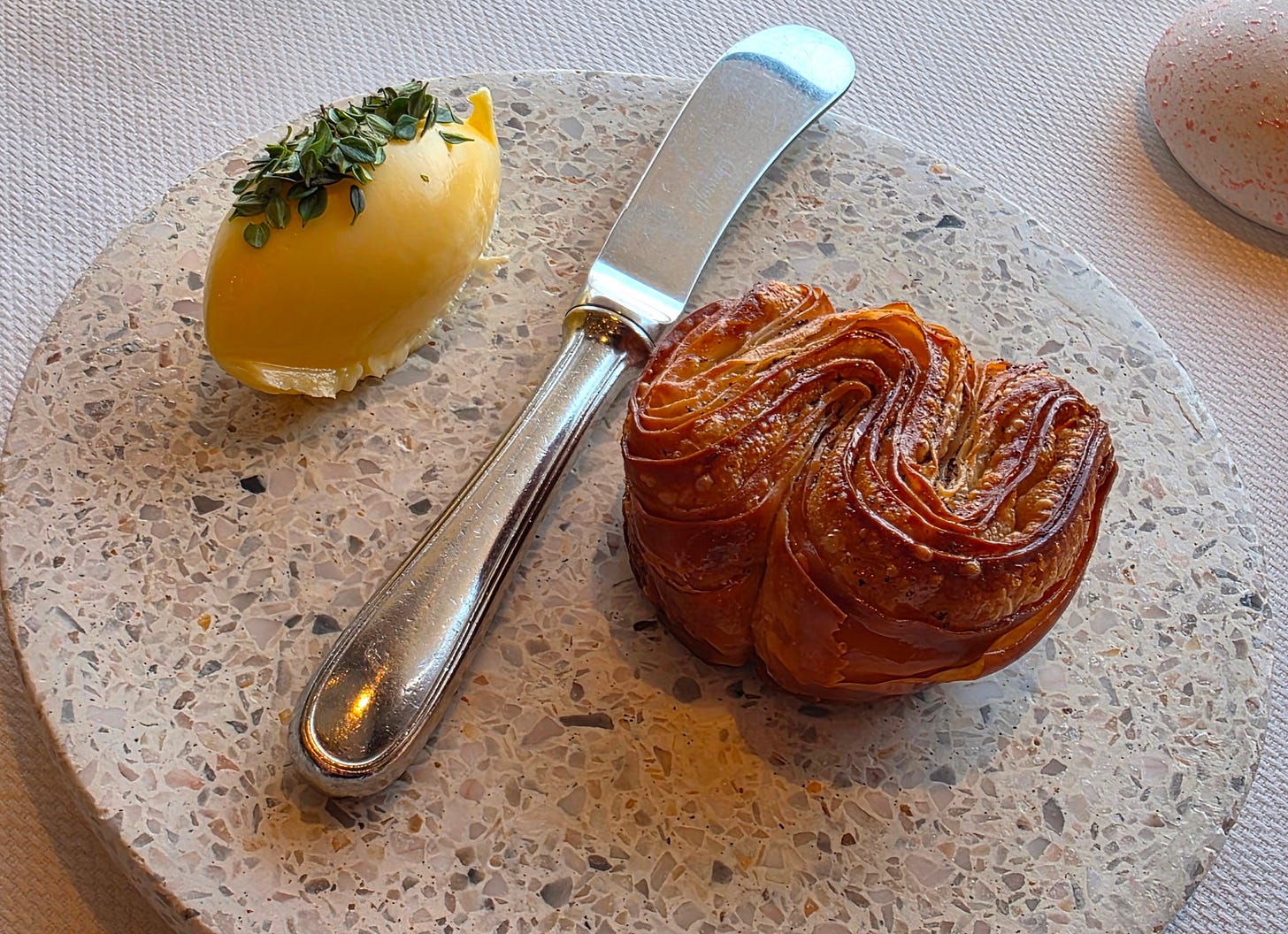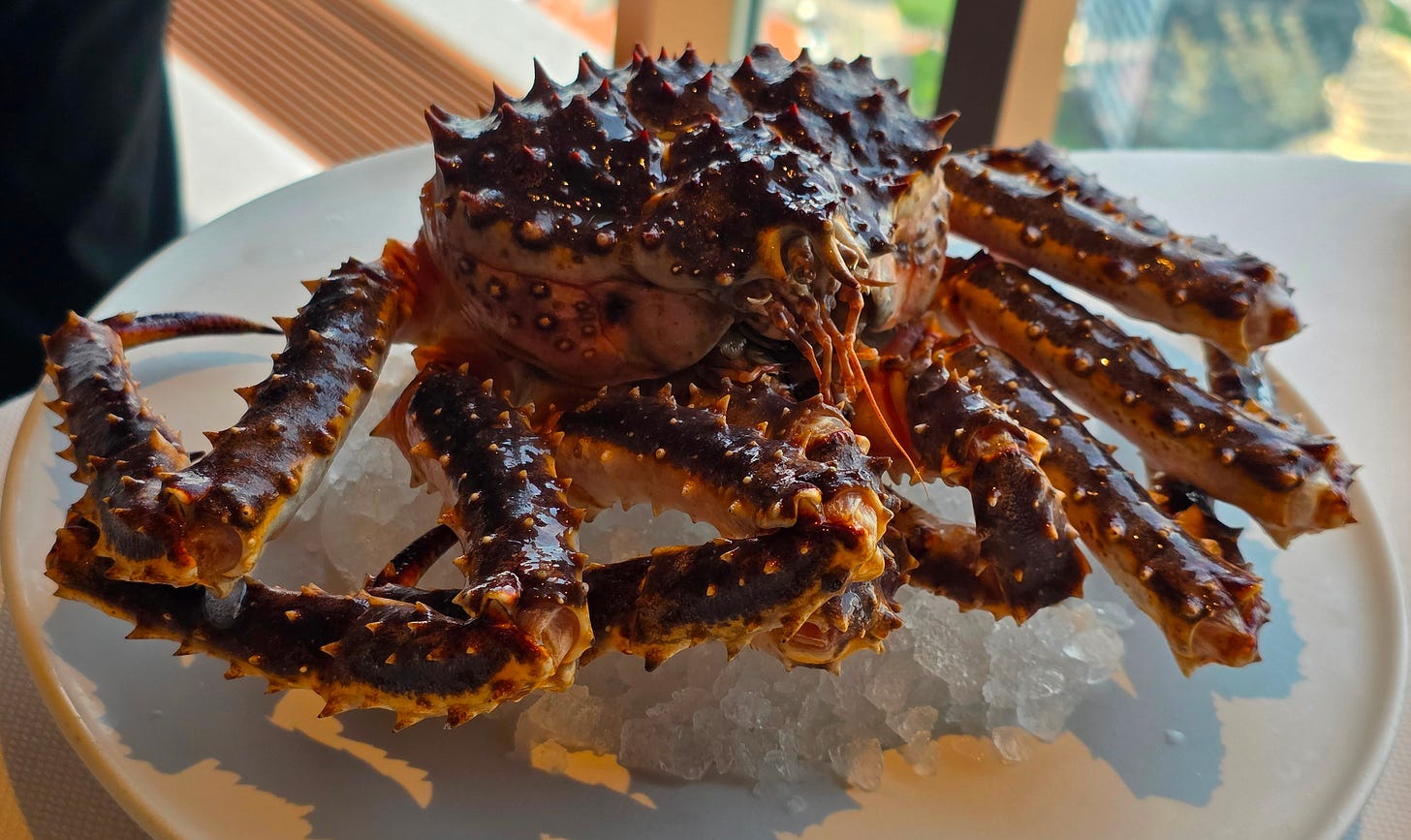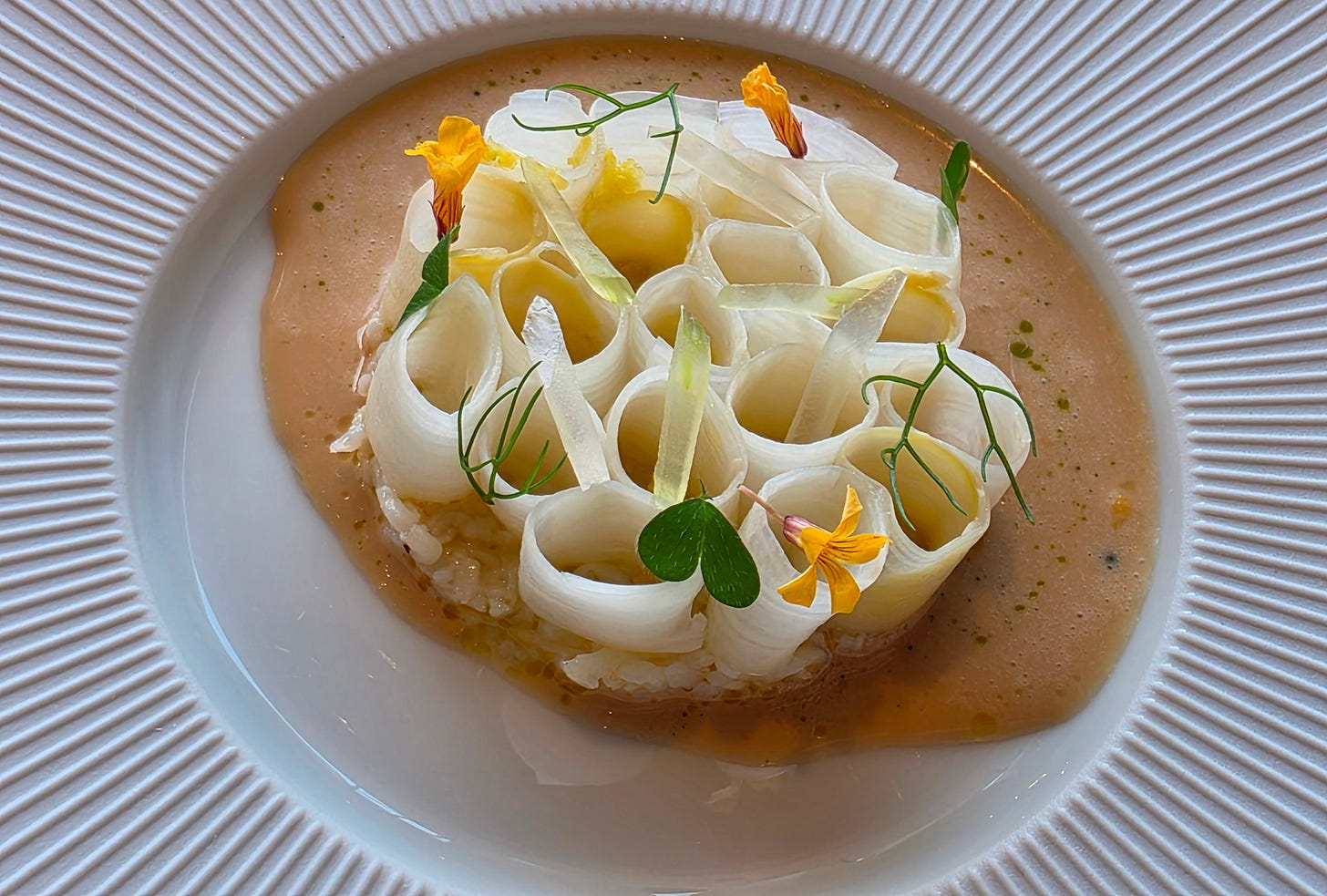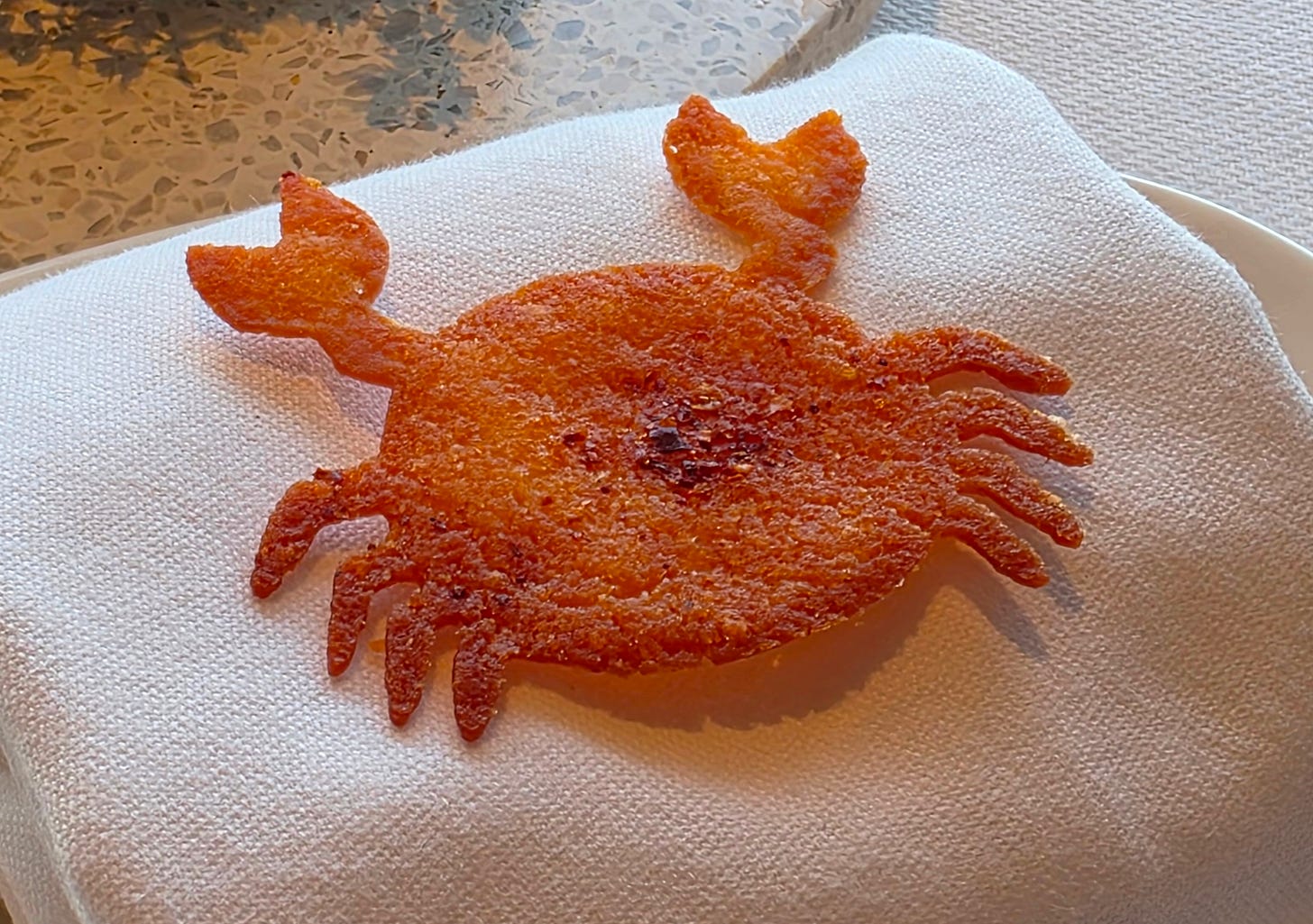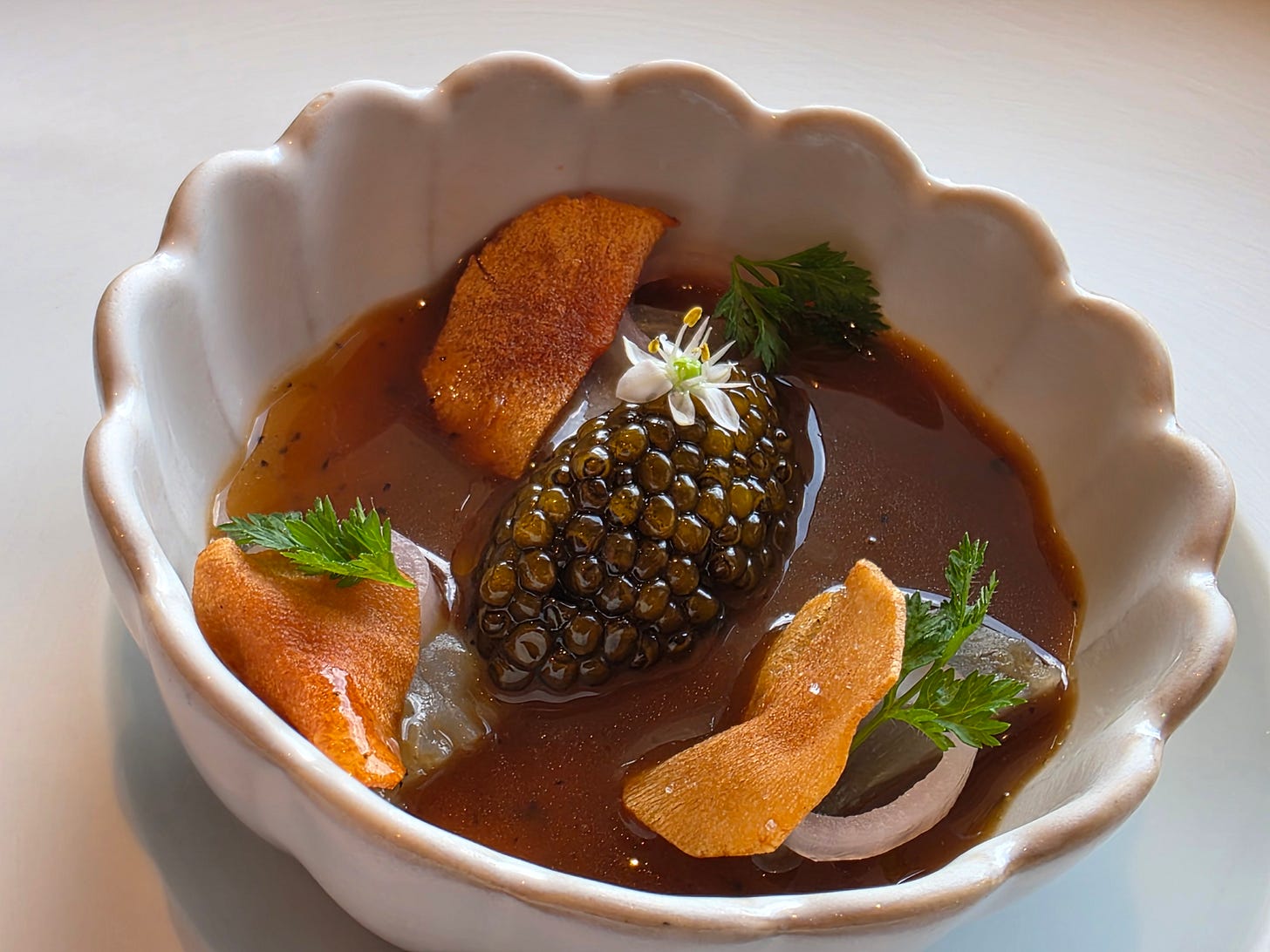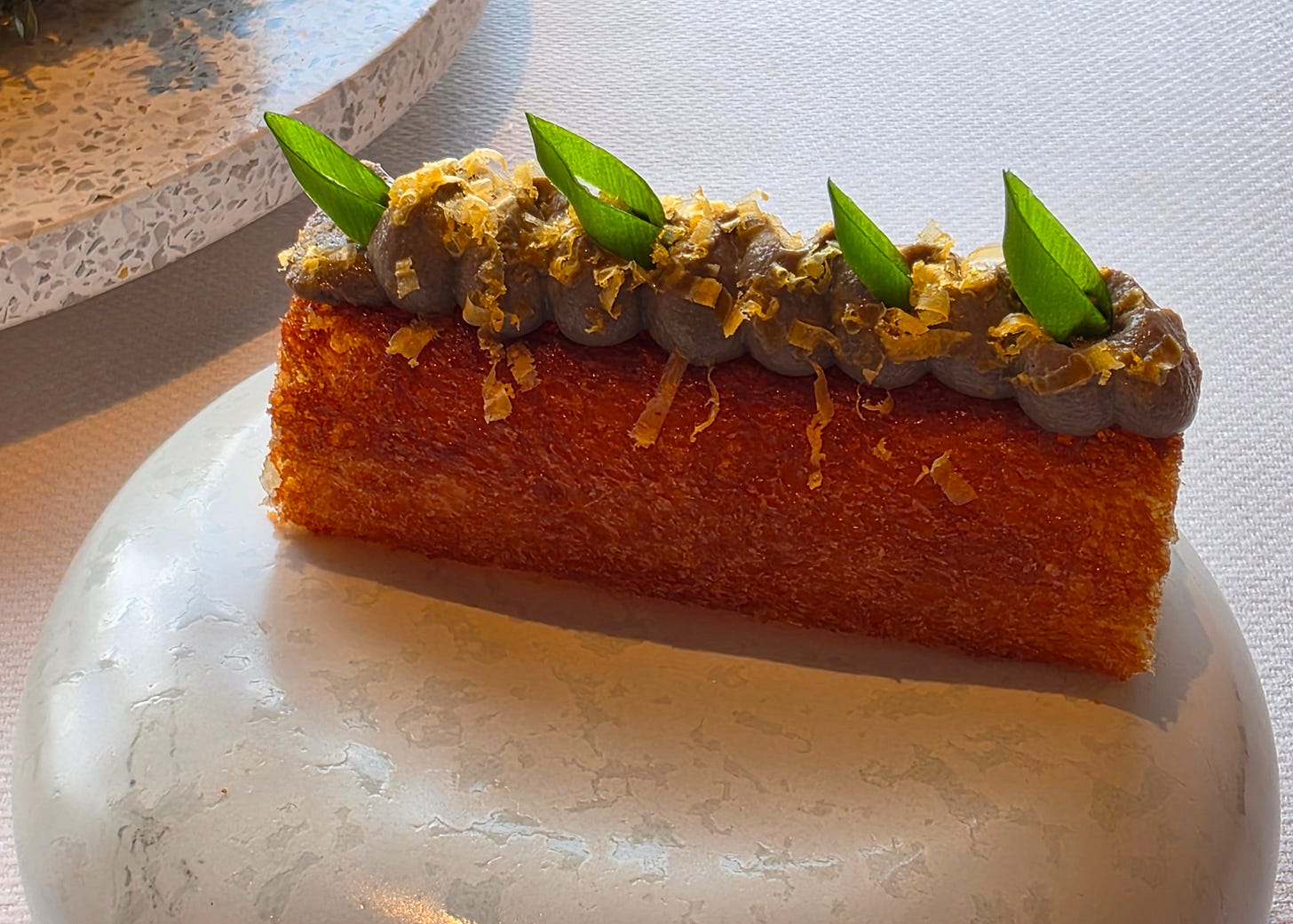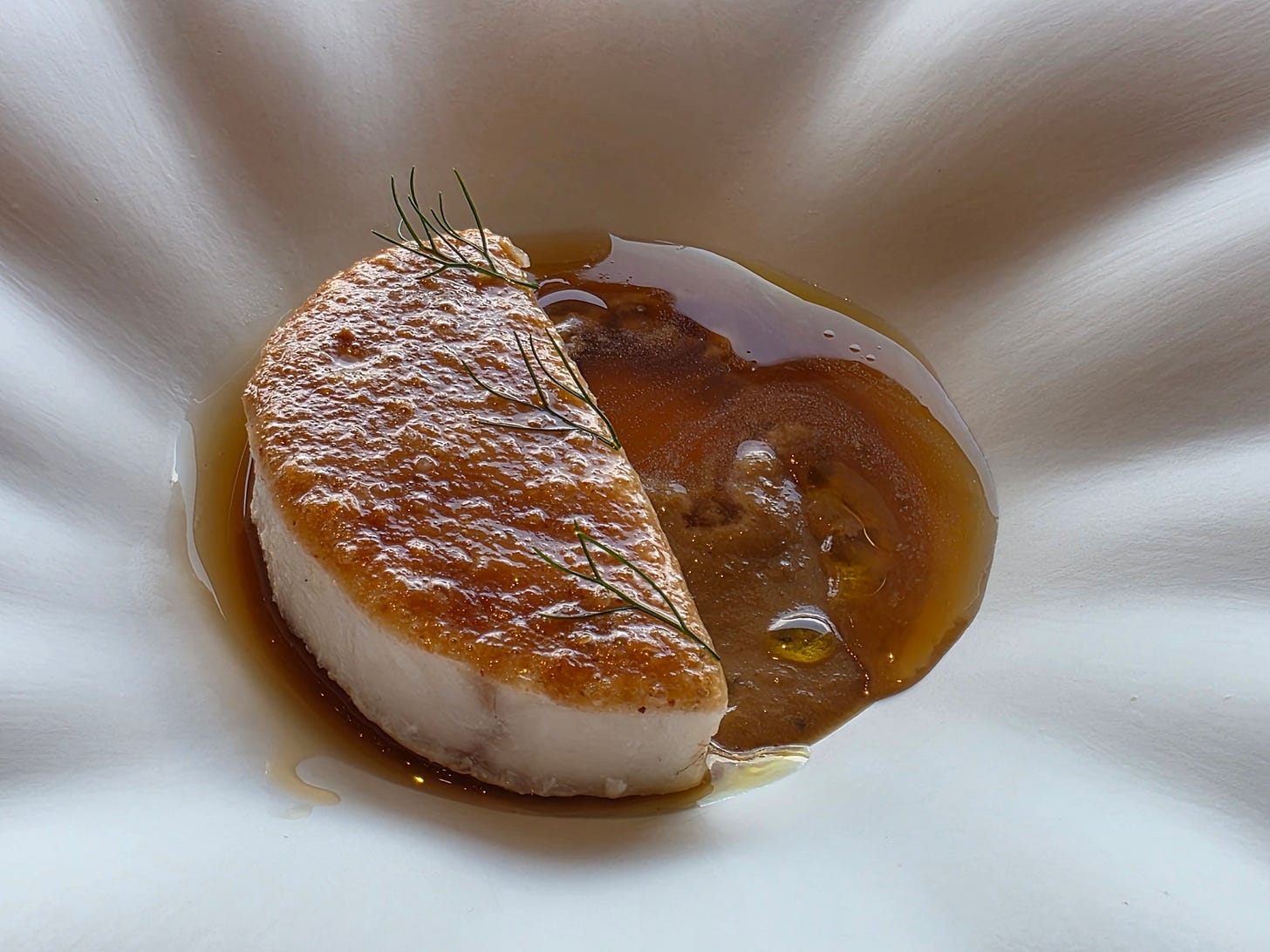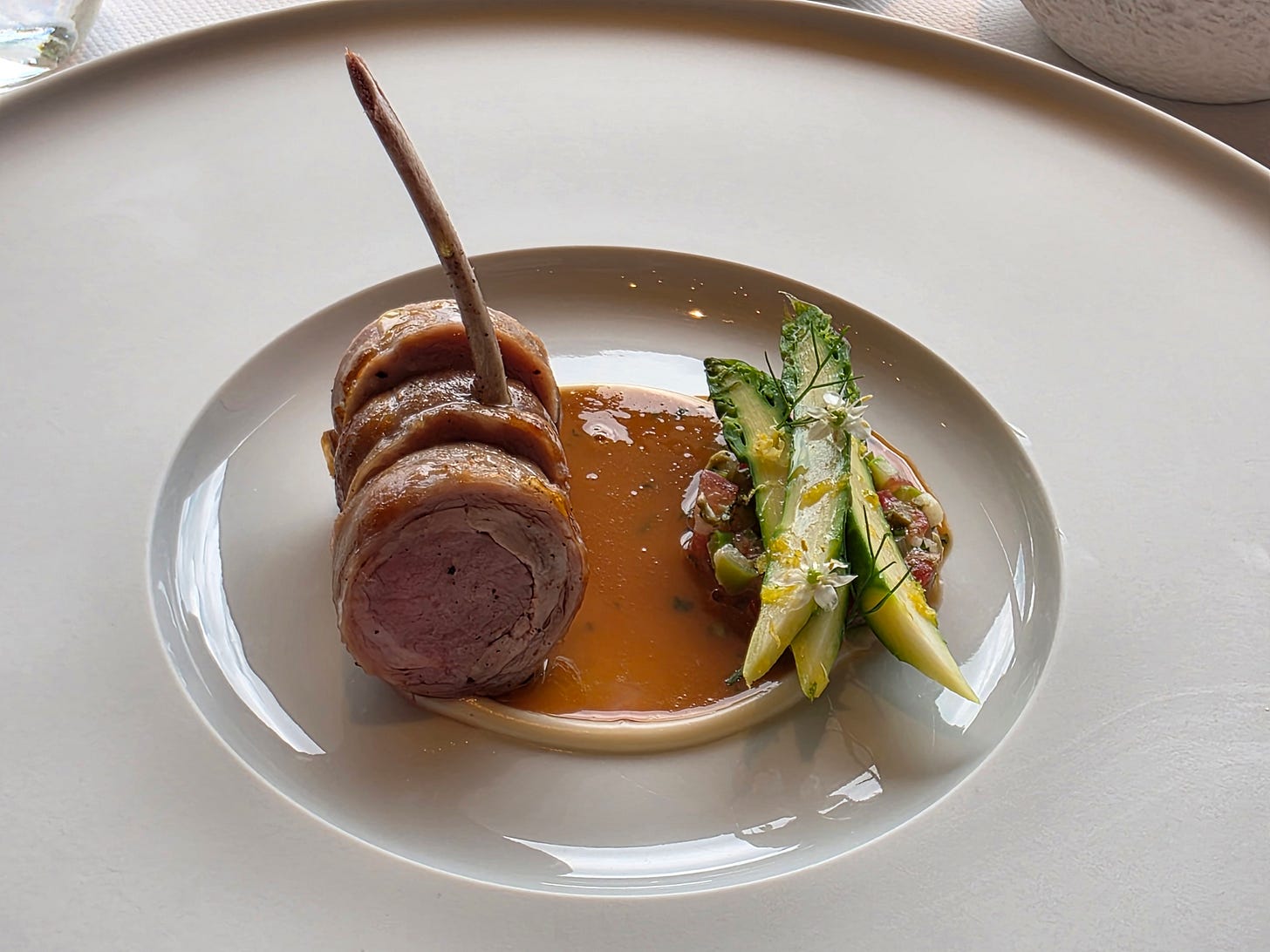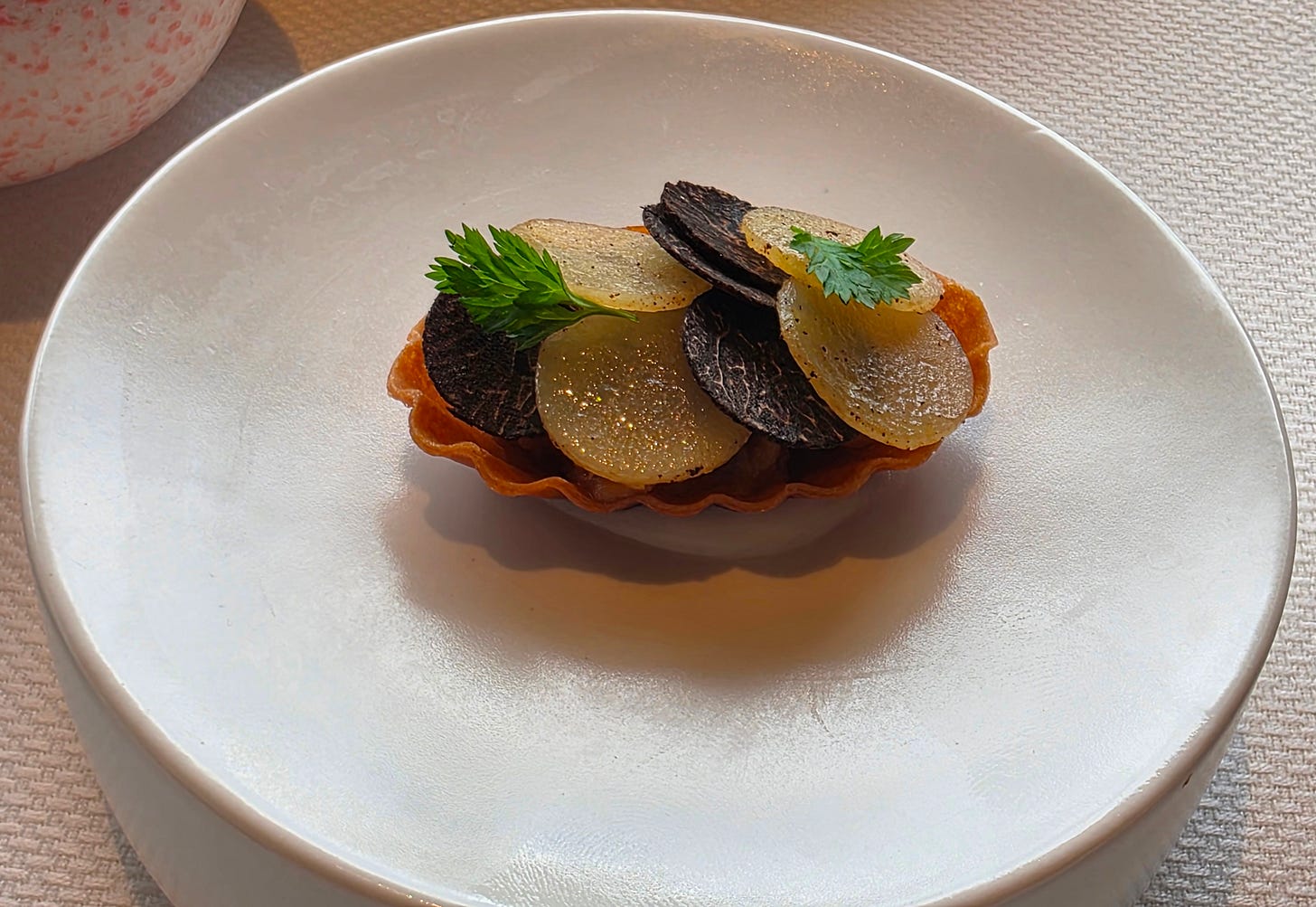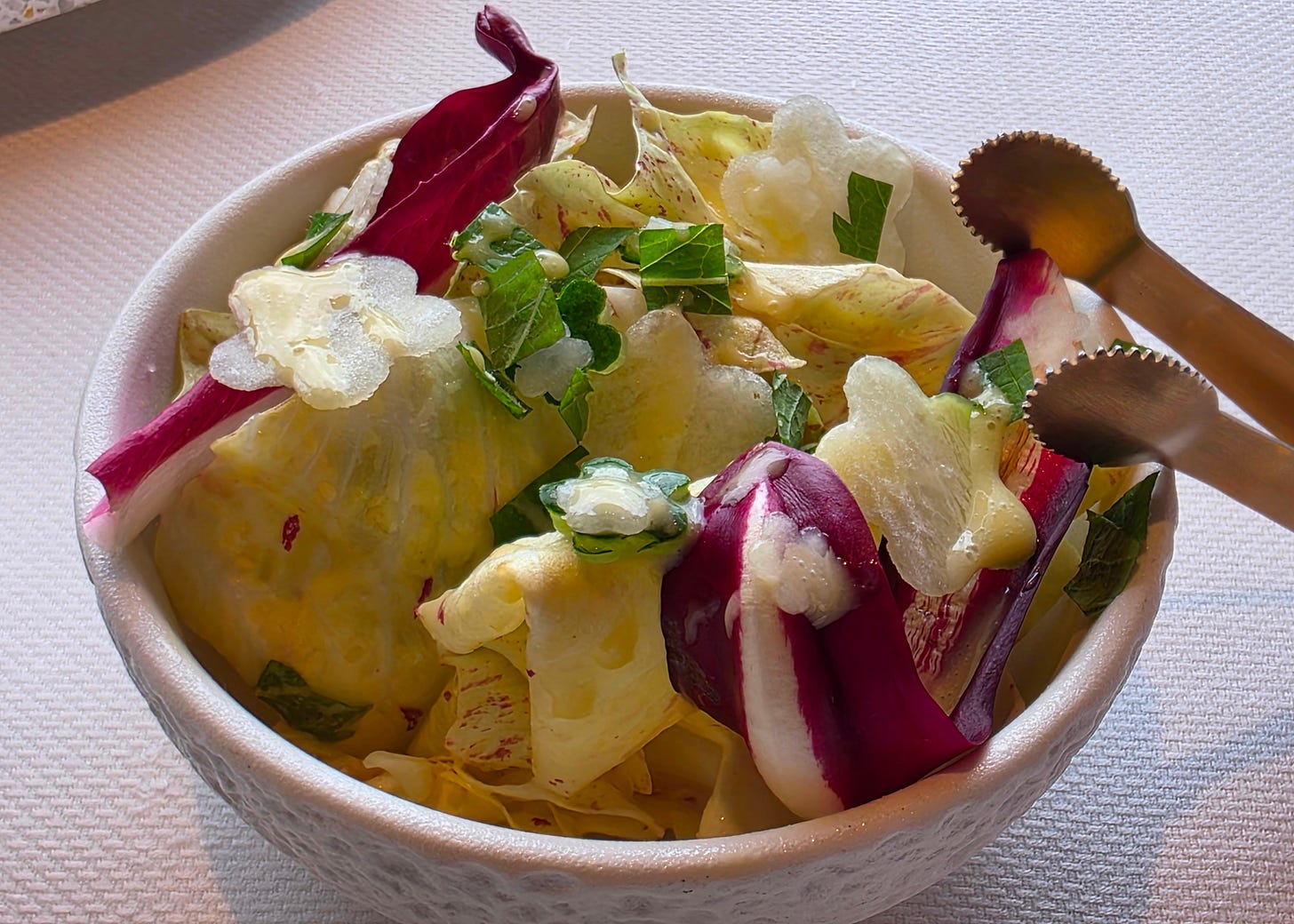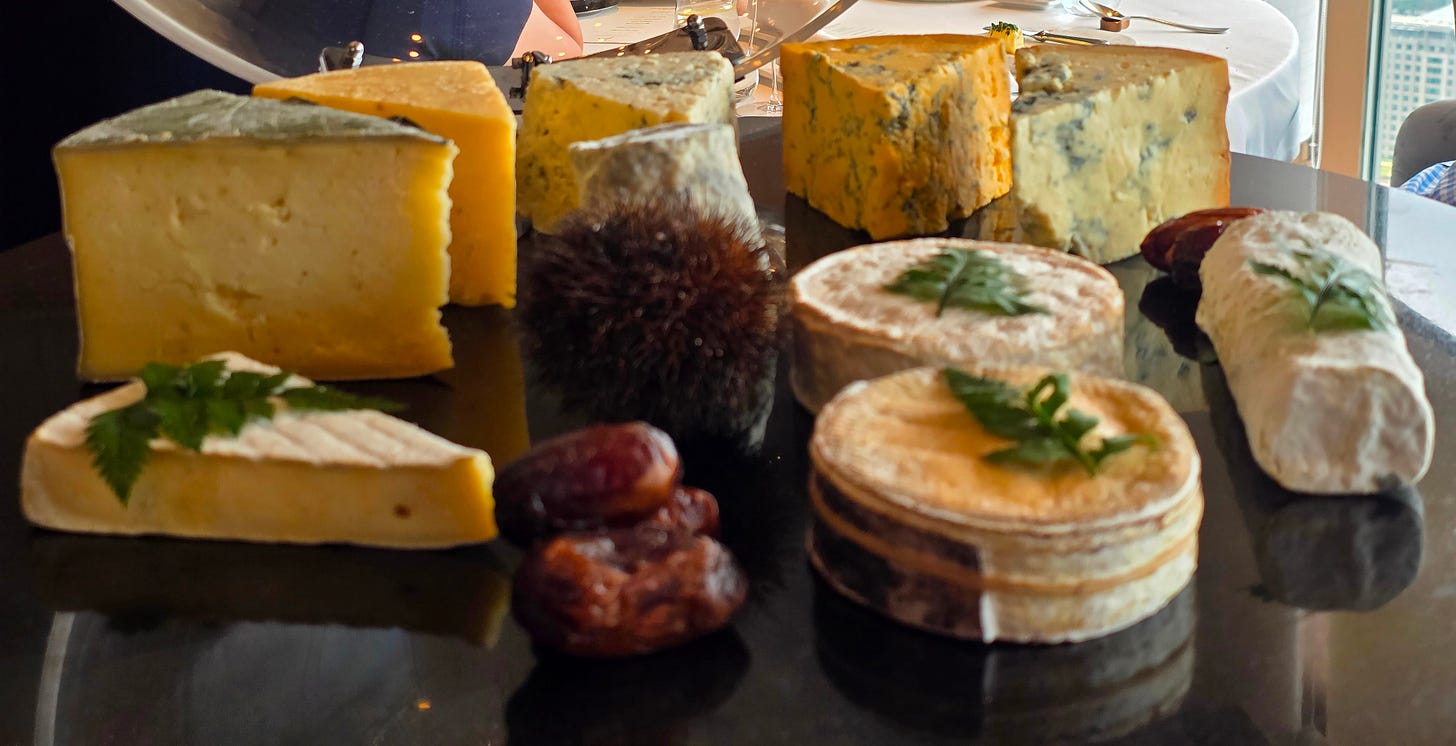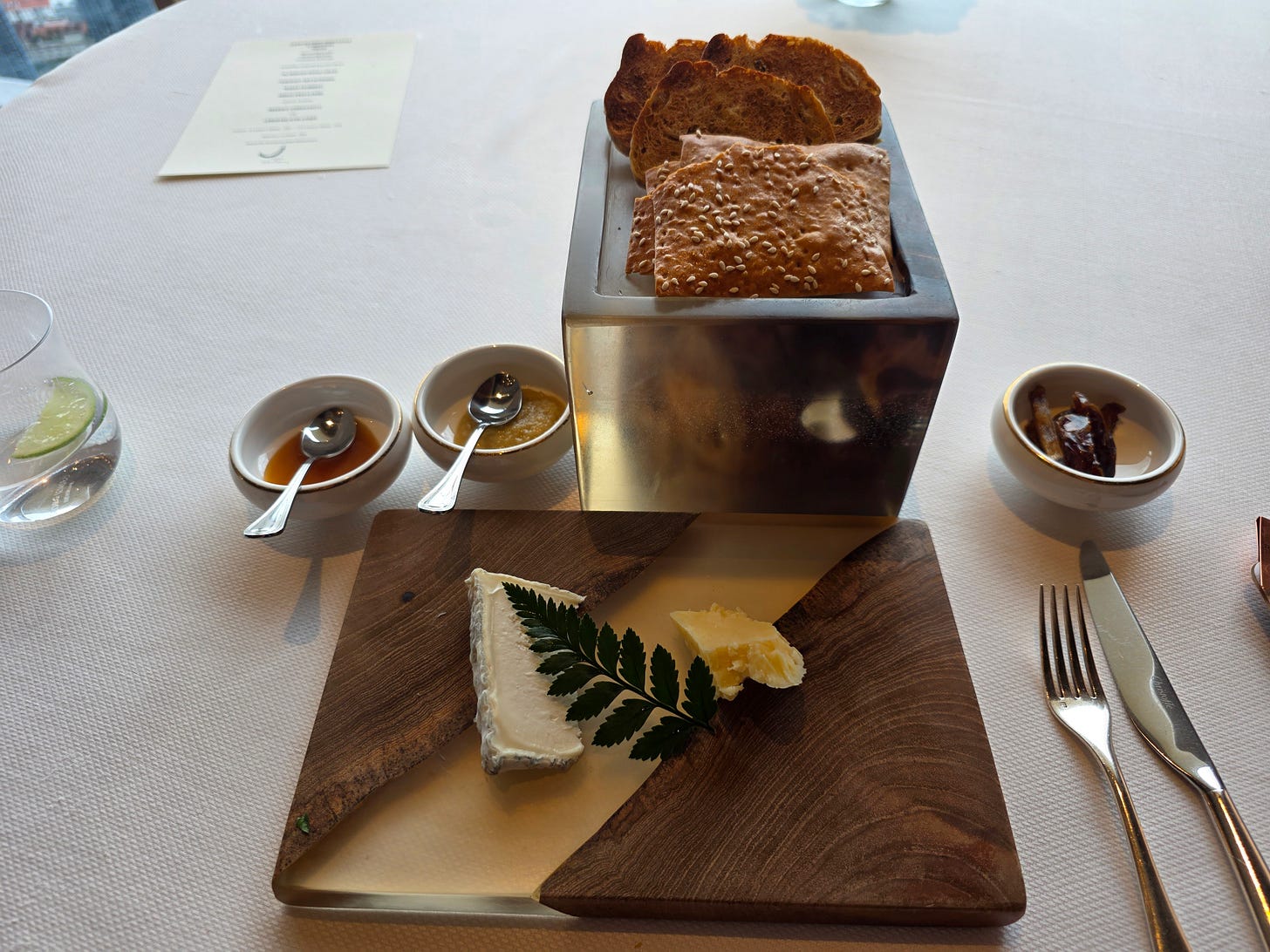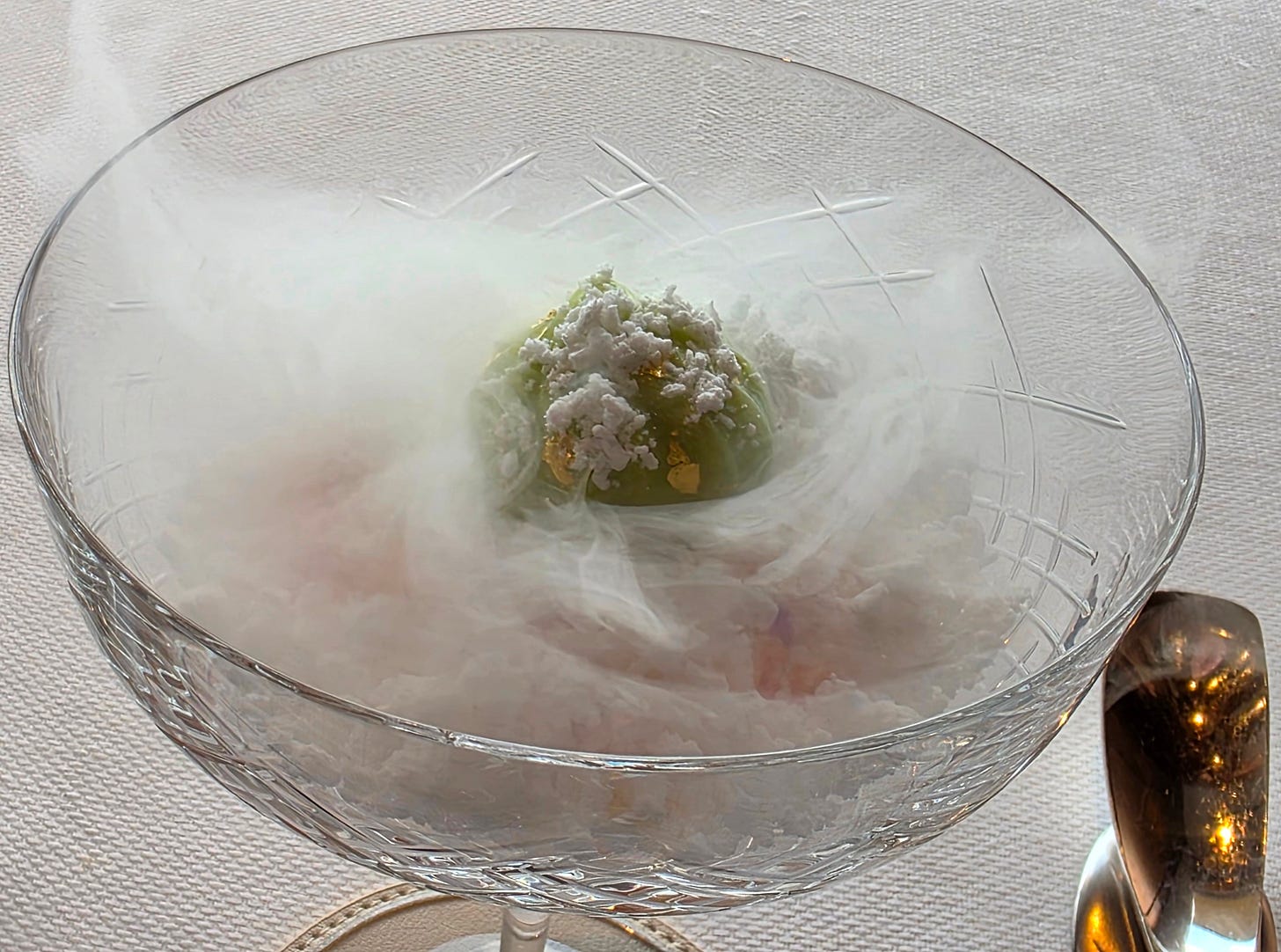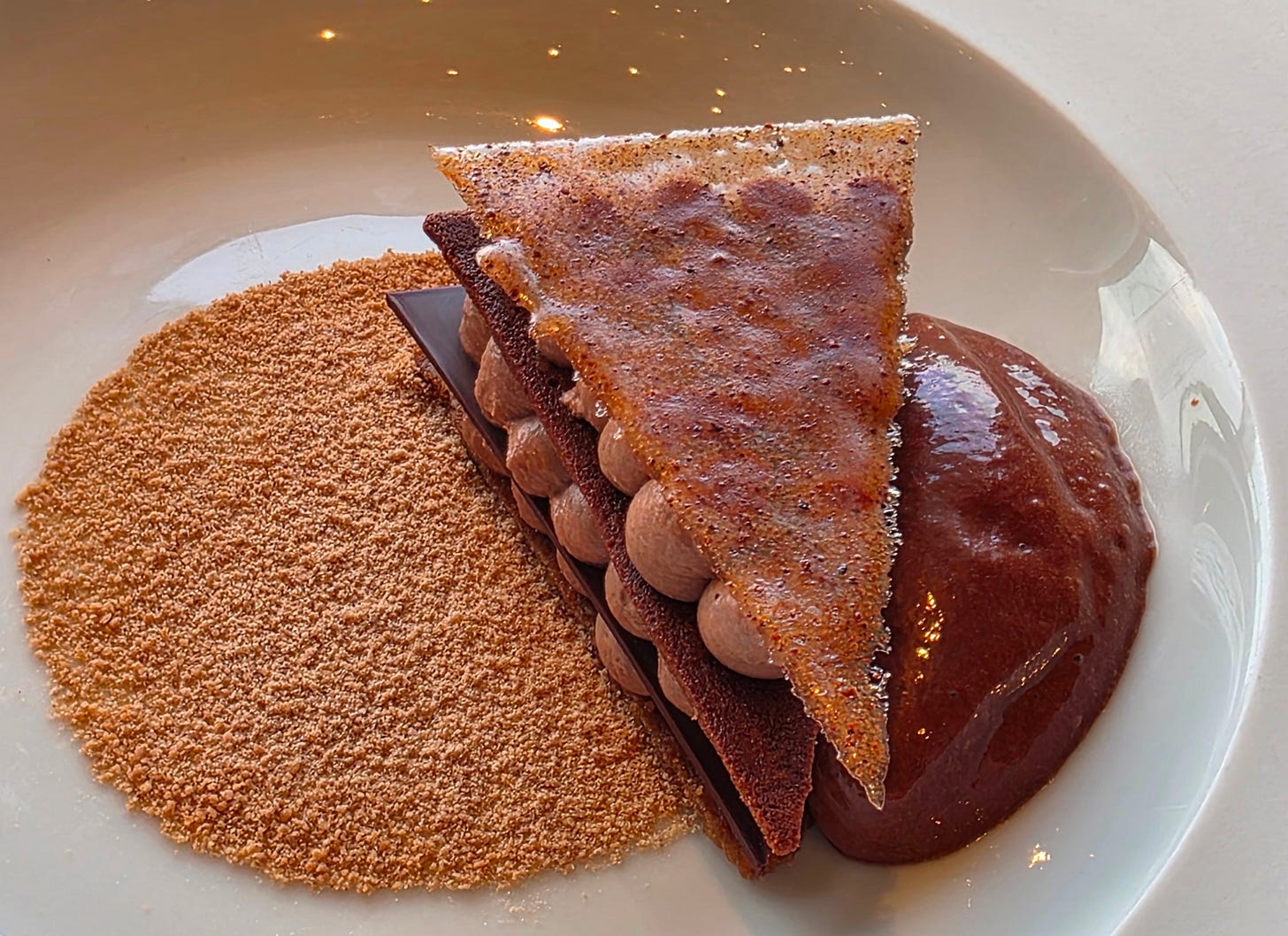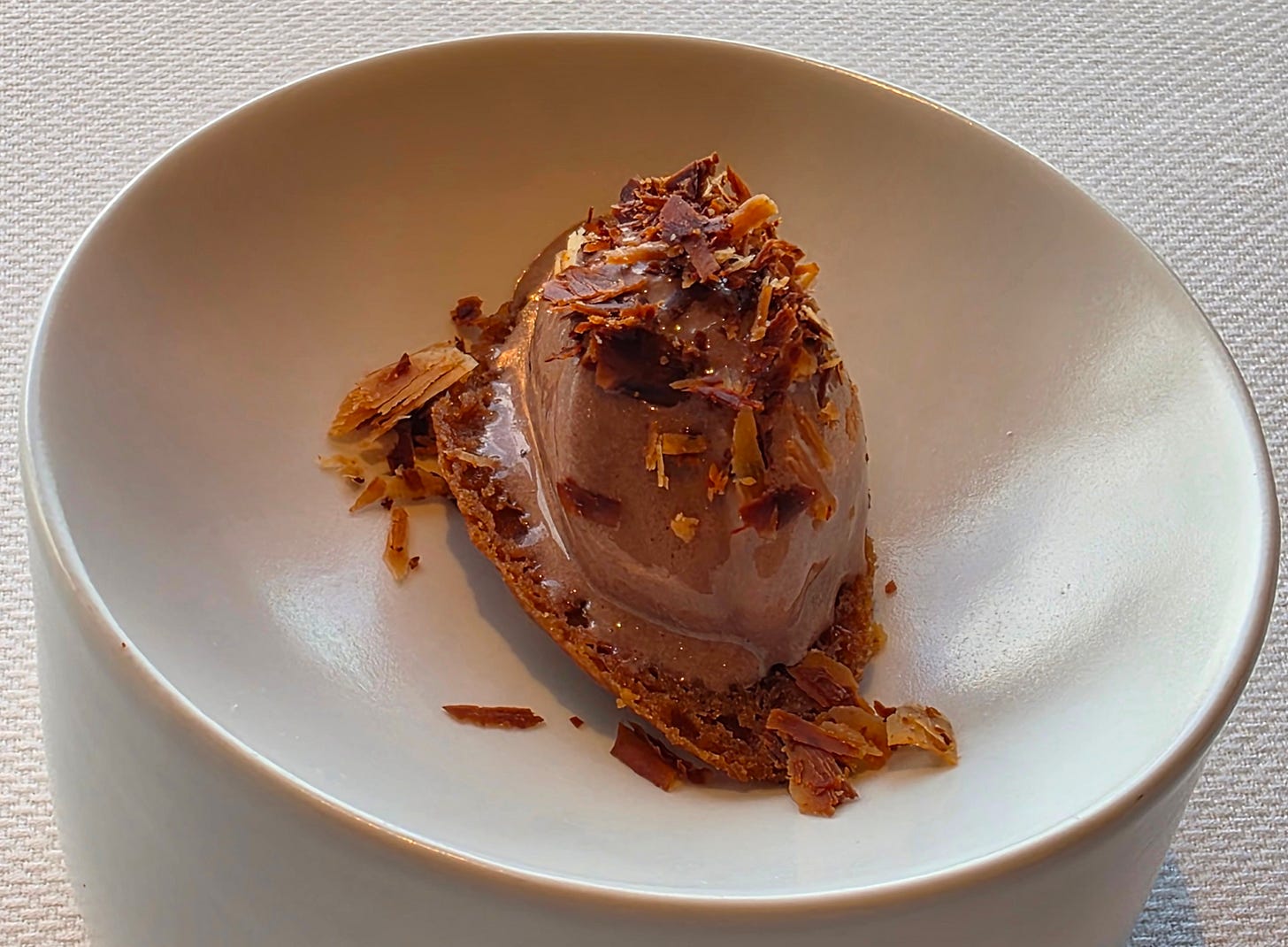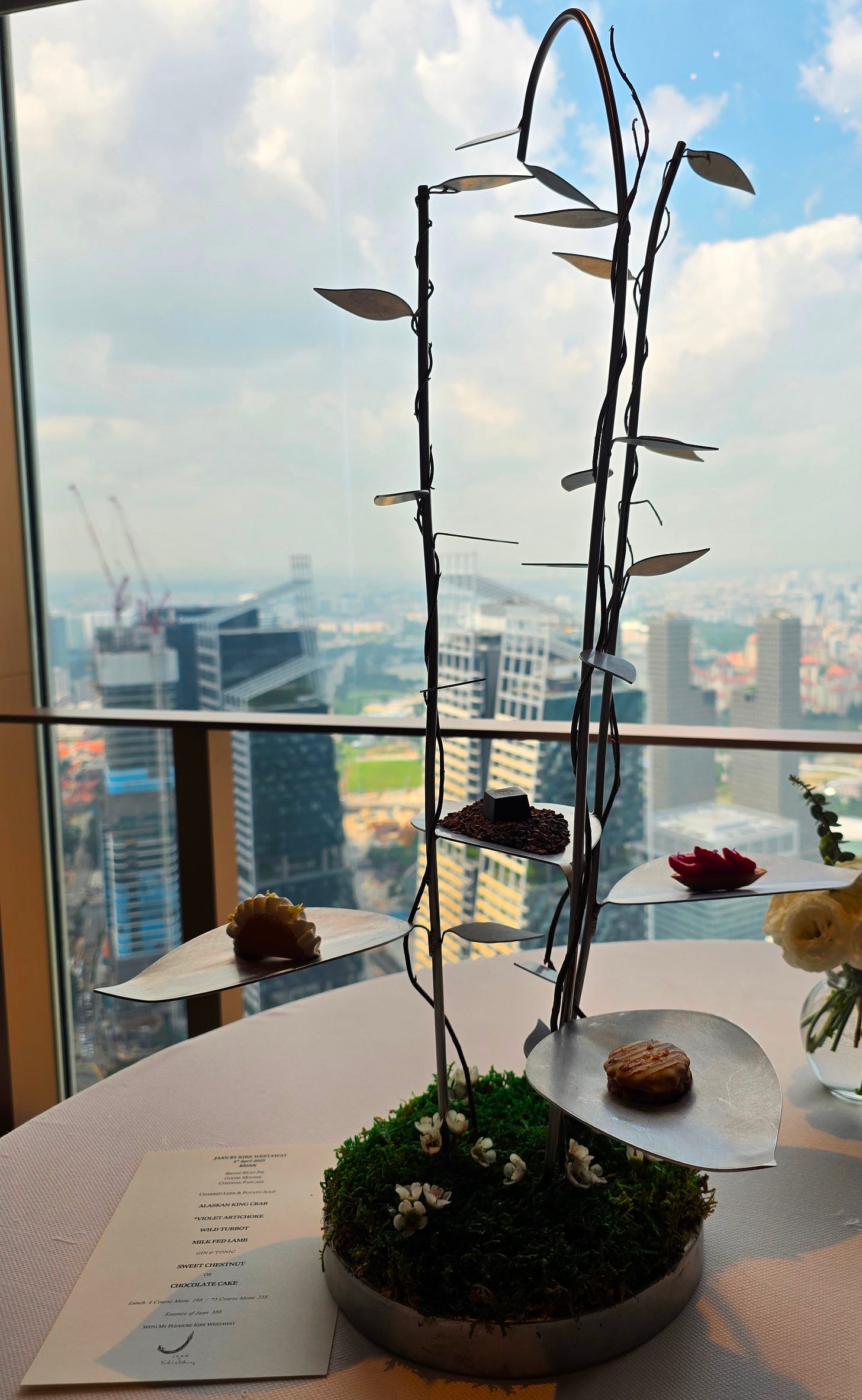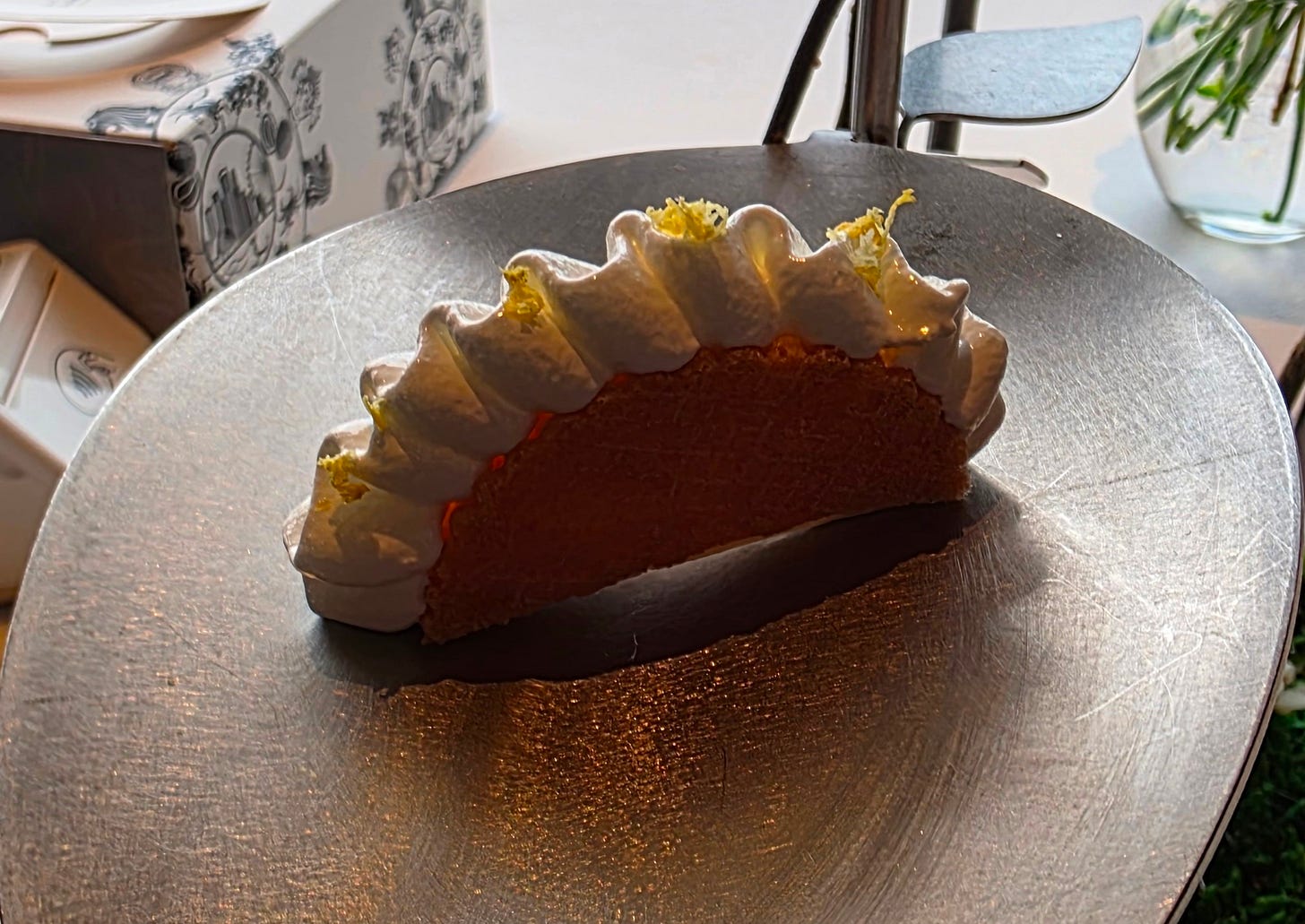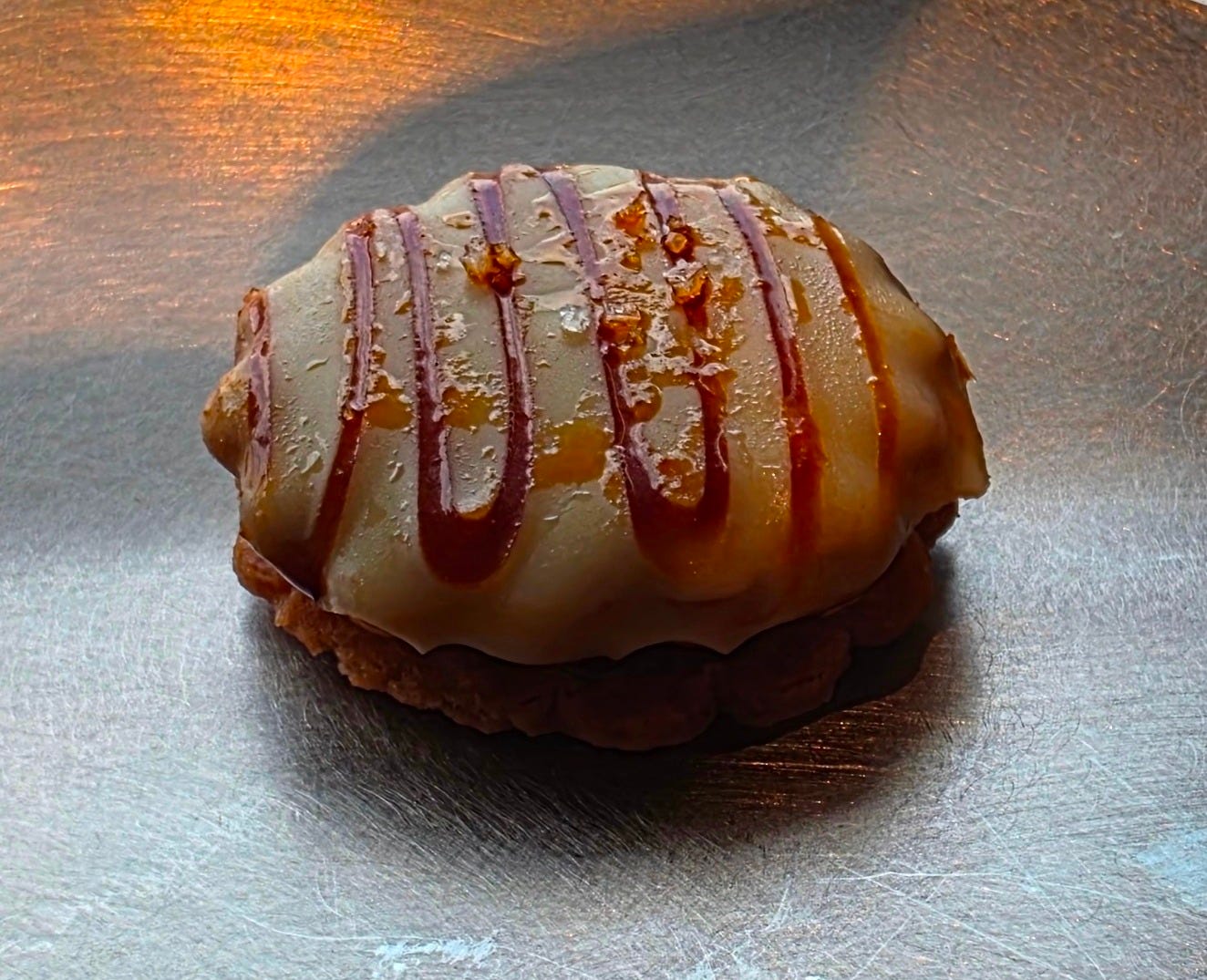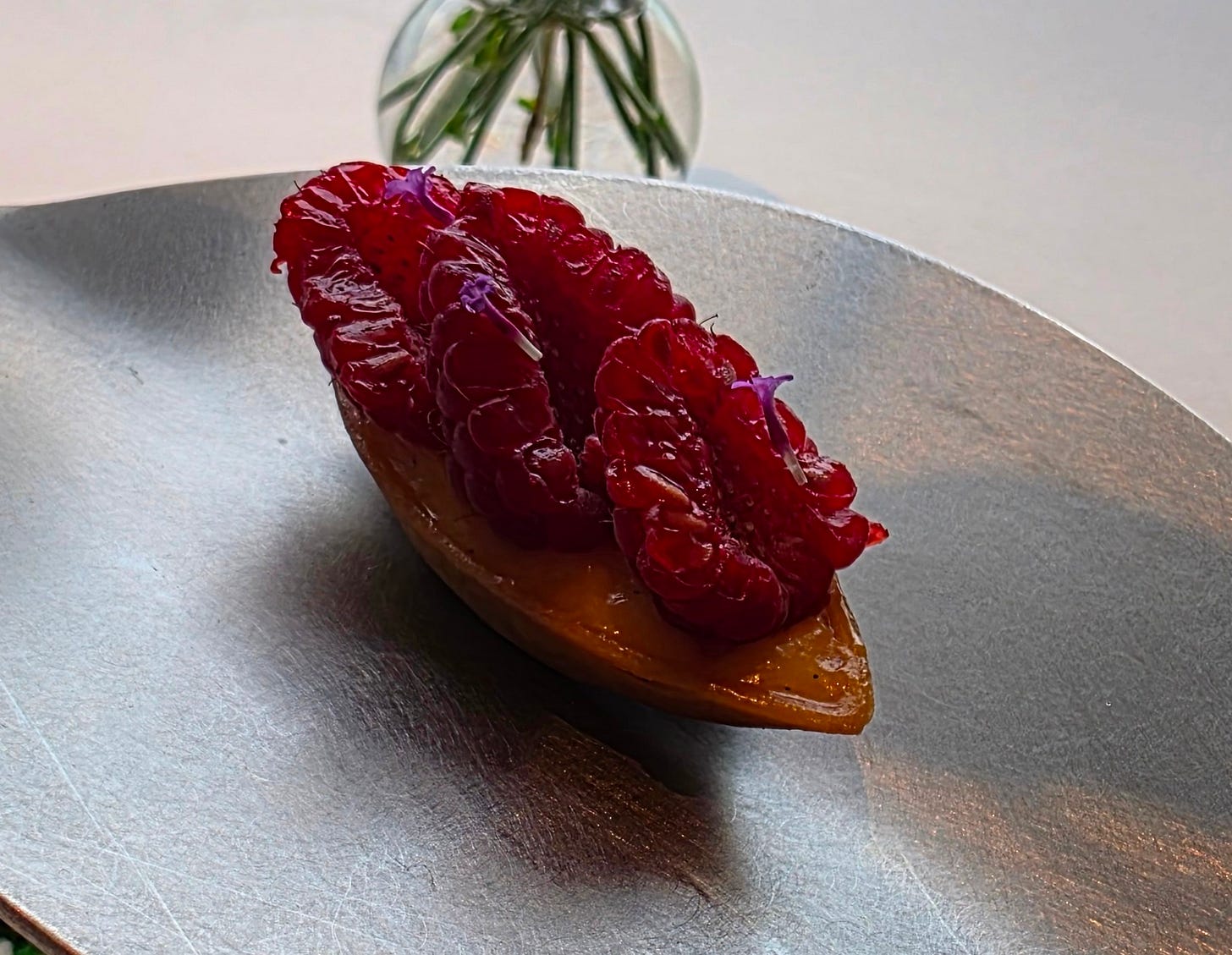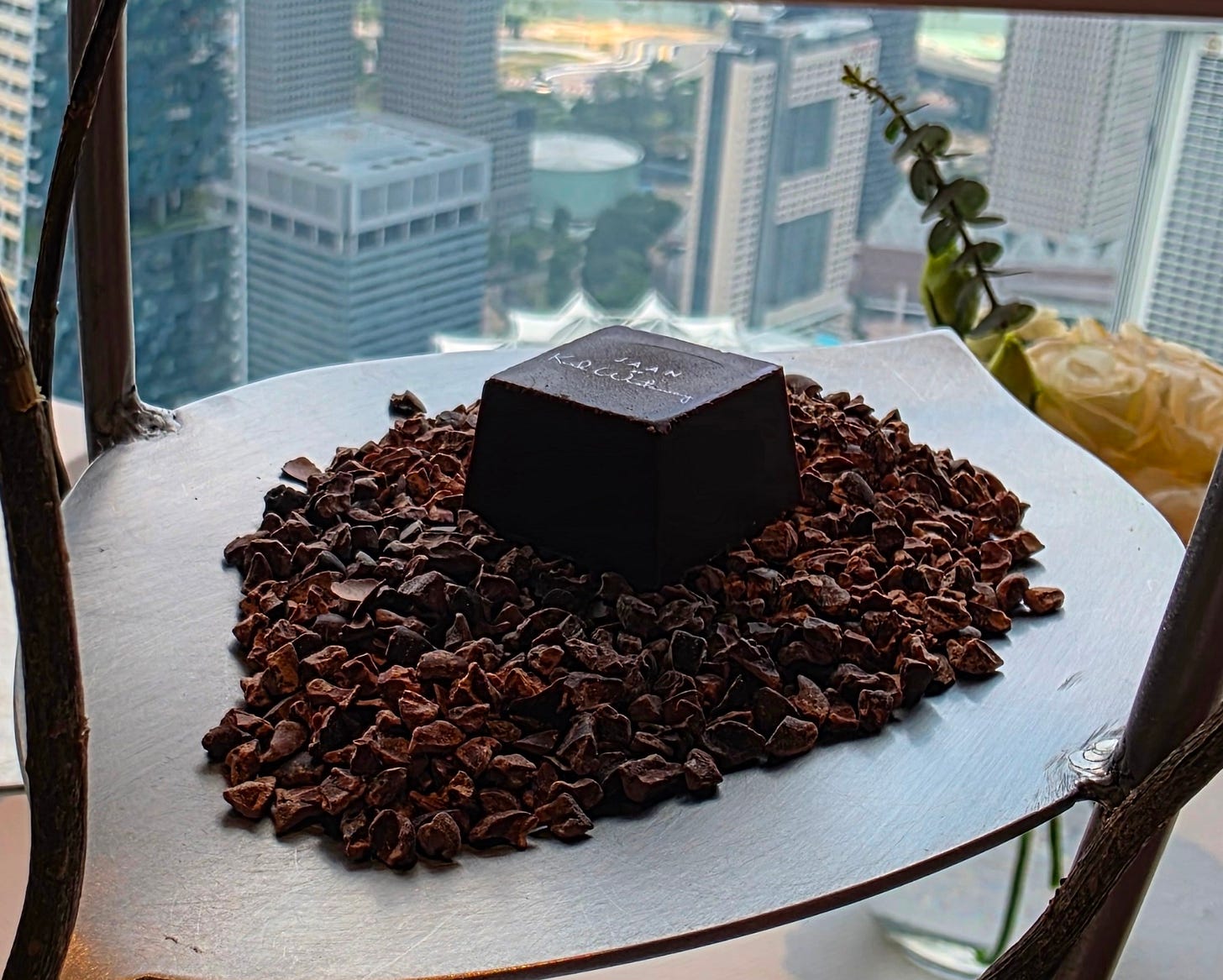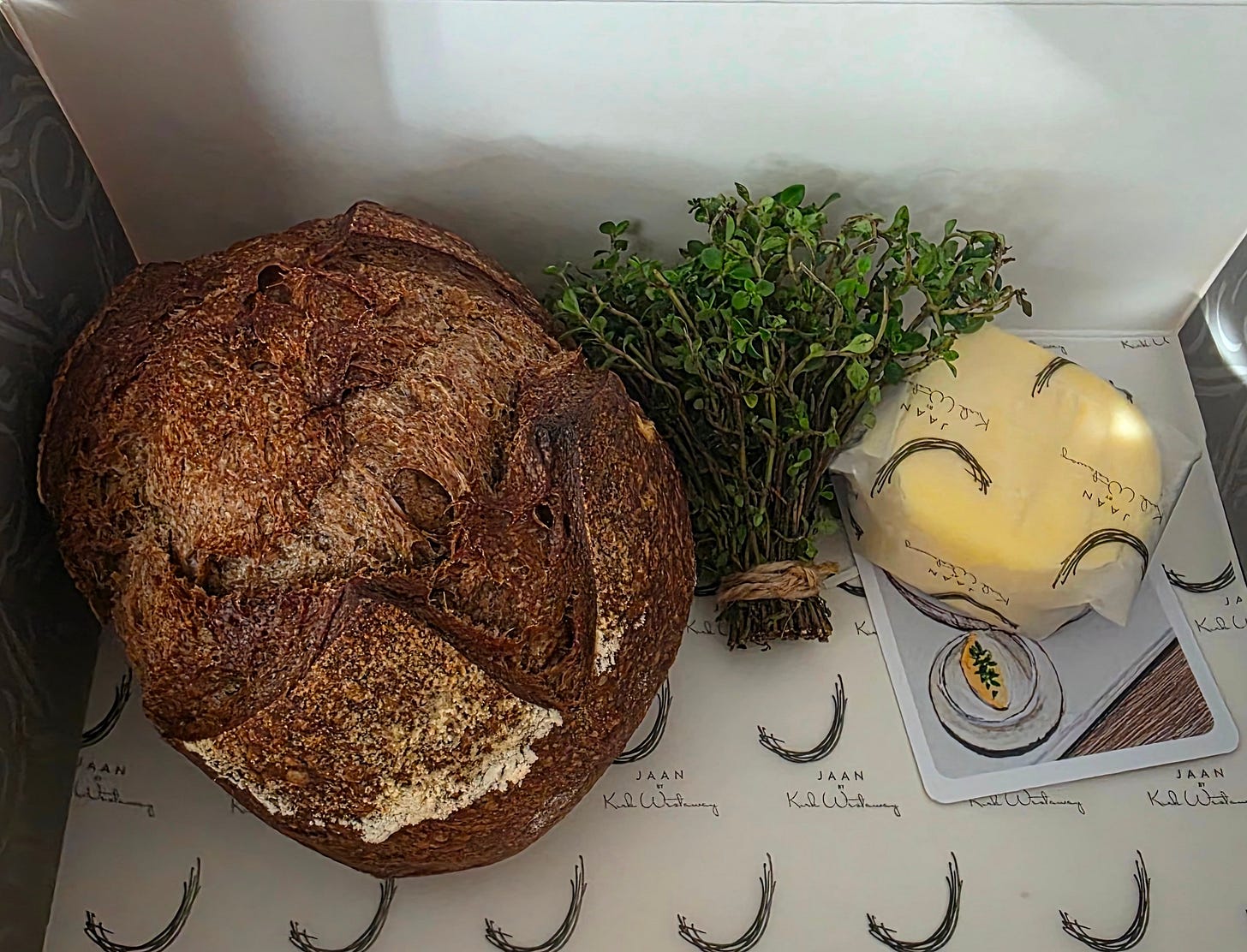JAAN has been a icon of fine dining in Singapore for many years and its journey has been shaped by a succession of talented executive chefs, each becoming celebrities in their own right and leaving a distinct mark on its evolution.
JAAN first gained significant attention under Taiwanese-born chef Andre Chiang, who took the helm in 2010. During his tenure, the restaurant was rebranded as "JAAN par Andre" and shifted toward a nouvelle French cuisine focus. Chiang’s innovative approach and emphasis on artistry elevated JAAN’s reputation, setting the stage for its future success. He left in 2014 to pursue other ventures, most notably opening Restaurant Andre in Singapore, which later earned two Michelin stars before closing in 2018. Chiang’s departure initially sparked concerns among diners about JAAN’s future, but his influence laid a strong foundation for the restaurant’s future.
Following Chiang’s exit, French chef Julien Royer stepped in as Executive Chef. Royer, who had previously worked at JAAN as a sous chef, continued the restaurant’s French fine-dining tradition while refining its offerings with a focus on seasonal produce. Under his leadership, JAAN maintained its high standards and earned its first Michelin star in 2016, shortly after his departure in 2015 to open Odette, another Singapore restaurant that has since achieved three Michelin stars and widespread acclaim. His time at JAAN was pivotal in sustaining its prestige and mentoring the next chef in line.
Kirk Westaway, a British chef from Devon, took over as Executive Chef in 2015 after serving as Royer’s sous chef. Initially stepping into what he described as "big shoes to fill," Westaway faced skepticism about transitioning JAAN from its French roots to a modern British identity. However, he embraced the challenge, working tirelessly to redefine the restaurant’s direction. In 2016, JAAN retained its Michelin star under his leadership, affirming his capability. In 2018, Westaway introduced his "Reinventing British" philosophy, emphasizing his heritage and childhood memories through dishes like the "English Garden." The restaurant was officially renamed "JAAN by Kirk Westaway" in June 2019, cementing his personal stamp on its identity. His efforts culminated in JAAN earning a second Michelin star in 2021, a distinction it has retained through until now.
JAAN’s history reflects a remarkable ability to adapt and thrive under different culinary visions. From Chiang’s French artistry to Royer’s refined seasonality and Westaway’s modern British reinvention, each chef has contributed to its status as a breeding ground for top talent. Westaway, the longest-serving of the trio, has solidified JAAN’s reputation as a global destination for innovative cuisine, blending nostalgia with cutting-edge techniques.
Arriving at the 70th floor restaurant, I was greeted by an ornamental centerpiece - a large tree inset into the wall with handmade glass leaves dangling from from each of the branches. I was led to my table that had a great view of the Singapore skyline, reaching out to the airport in the far off distance.
Given a choice between a four course, a five course, and a signature degustation menu, I figured I would thread the needle with the five course. I’d add the violet artichoke course, but didn’t have time to do the full “Essence of Jaan” experience.
Lunch began with a welcome glass of Krug Champagne. JAAN really plays up their association with the brand as “Krug Ambassadors”, and their selection for the welcome drink was the Grande Cuvee 172th edition, a multi-vintage blend combining 146 wines dating from 2000 to 2016. The end result is a blend of 44% Pinot Noir, 36% Chardonnay and 20% Meunier for a golden coloured and intensely bubbly glass of champagne.
The first three amuse bouche were served together
a broad bean pie highlighting broad beans, peas, with a hint of mint and lemon gel. Earthy, a touch of herbal from the mint, nuttiness from fresh peas and a bit of sour from the lemon gel. Refreshing!
a foie gras creme on a delicate tart with red onion marmalade, topped with crisp celeriac strings. The crisp texture of the celeriac contrasting with the rich creaminess of the foie gras.
an off-menu amuse bouche - the fish and chips, a piece of doughy deep fried potato, with a dab of creme fraiche and caviar.
For a more hearty appetizer, a cheddar pancake ball filled with Devon cheddar from the chef’s hometown and a bit of date puree for sweetness. I do not recommend copying my strategy of eating it in one bite. While it was large, soft and doughy, it was also filled with piping hot liquid cheddar.
One of my highlights of the meal, a charred leek soup topped with a whipped potato foam, chives, and fried croutons for texture. Chef Kirk designed the irregular faceted cup to be like a Japanese tea cup and we could drink the soup directly from the cup.
The bread came next, with a loaf of dark rye sourdough, and two flaky croissant-like butter rolls and some lemon thyme butter. The server told the story of the chef in his youth, working away in a prep kitchen stripping away the leaves from the stems of the lemon thyme by hand. The aroma of lemon thyme would remain on his hands all night, and he grew to love the smell. The kitchen continues the tradition to this day, stripping the leaves from the stems of the lemon thyme and mixing it with the butter for their bread course. The butter rolls were some of the flakiest rolls I’ve ever had, and another unexpected highlight of the meal.
Before the first course, I was introduced to a surprise guest and the star of my next dish, an Alaska king crab.
The resulting dish came looking quite different from the original crab. A bed of picked crabmeat lightly poached with citrus, strips of white asparagus rolled into tight spirals, topped with microgreens and a herb sauce. Very clean, distinct flavours and very light overall. The crab was served with a whimsical cheddar crab cracker, reminding me of the Pepperridge Farm goldfish crackers, just a bit lighter, and with a little more heat in the aftertaste.
The second dish was the optional fifth course, the violet artichoke dish. A combination of textures with artichoke custard, artichoke petal, and artichoke stem, with cured egg yolk, Cristal caviar, and topped with a truffle sauce. Rich, earthy and a great combination of textures and flavours.
Along with the artichoke dish came a soft brioche roll topped with truffle paste, lemon zest and green onion. Perfect for soaking up the last of the truffle sauce.
The third dish was a wild line-caught turbot, with a nutty walnut crust, aubergine puree, and topped with a gelatinous briny sauce made from fish trimmings. In a demonstration of the kitchen’s incredible attention to detail, the turbot was placed on a thin layer of razor clams slices to elevate the fish above the sauce.
Getting to the main, three medallions of milk-fed lamb rack, served with fresh asparagus, and a lamb and mint sauce. A classic combination. The lamb racks were deboned, formed into soft little medallions and the frenched rib was put back in for presentation.
Along with the lamb medallions, came a tart made from the lamb shoulder mixed with a sweet onion confit, topped with discs of black truffle and turnip.
As a palate cleanser after the lamb, a garden salad made from bitter radicchio leaves, watermelon radish and a mint chiffonade. Sweet. slightly bitter, tangy from a light vinaigrette and a refreshing side dish before moving on.
I was getting really full by this point, but couldn’t resist the cheese course, featuring an assortment of cheese all sourced from Britain. I chose a cheddar and a brie and tried to leave room for the upcoming desserts.
An unexpected highlight, a nonalcoholic gin and tonic. Alcohol free gin, flash frozen tonic water ice pellets sprinkled on top of a small scoop of cucumber sorbet. Really neat and refreshing pre-dessert.
The actual dessert was less impressive with different textures of chocolate - a chocolate pastry with different layers of chocolate biscuits of milk chocolate, served with a chocolate mousse. On the side, a chocolate ice cream on a crisp chocolate leaf, topped with chocolate shavings. Interesting, but somewhat unidimensional. Perhaps the only dish of the meal that wasn’t a hit.
The petit fours were presented on a giant plant-like arrangement, with a lemon meringue tart, a raspberry tart, a chocolate truffle and a macaron.
Finally, a parting gift of a loaf of their rye sourdough, with some butter and lemon thyme.
Overall, an absolutely amazing experience. One of the best meals I’ve had this year. From the precision in the amuse bouche, the delicious leek and potato soup, the super-flaky dinner rolls to the rich violet artichoke custard and the unique pre-dessert gin and tonic, nearly every dish was a hit, and I could see the intense dedication to the arts and attention to detail in everything that the kitchen did.
Chef Kirk came out at one point, and we spoke a bit about dining culture in Singapore, and about the history of JAAN. I mentioned I had met Chef Julien last month, and when asking him about restaurants other than Odette to try in Singapore, he recommended I visit JAAN.
Total Damage: 300 SGD/1 person




